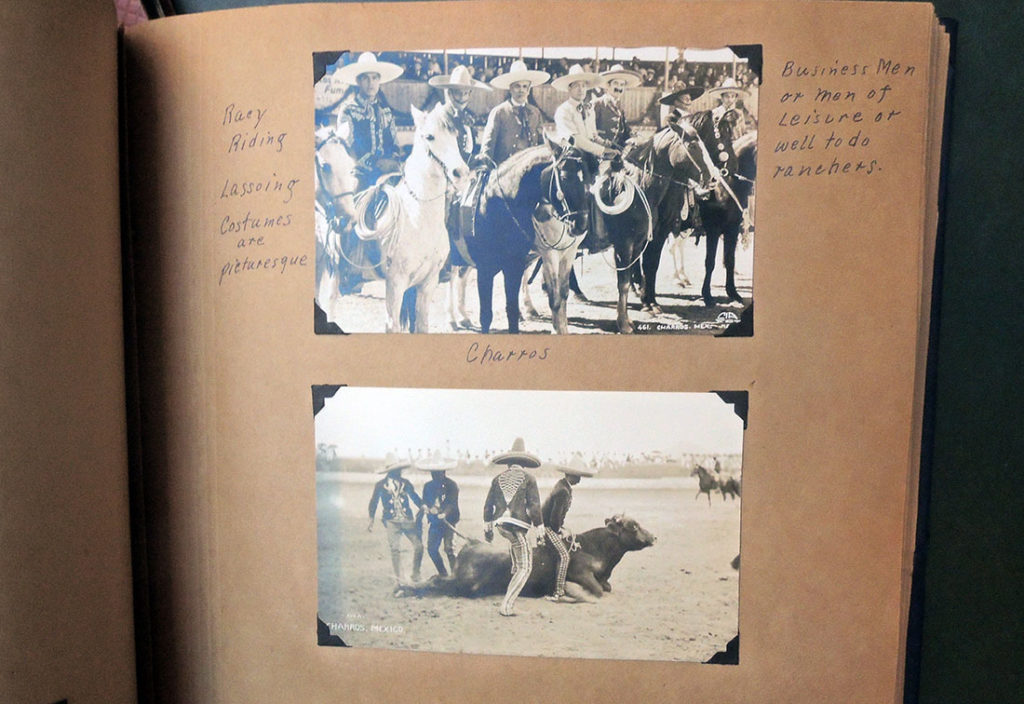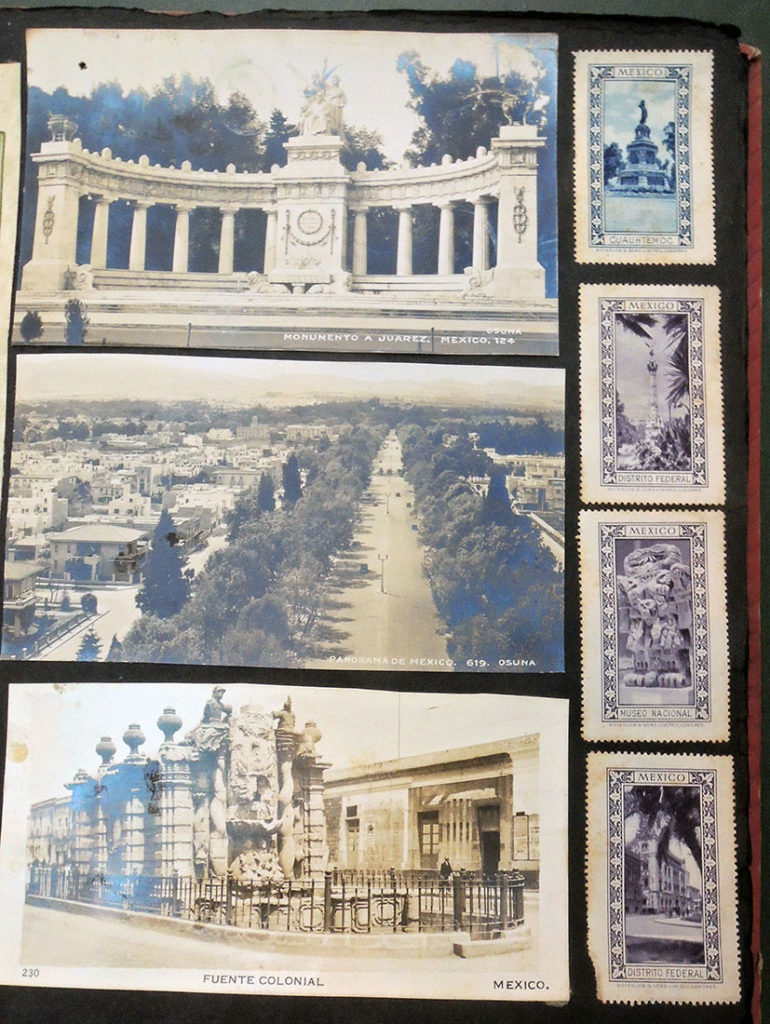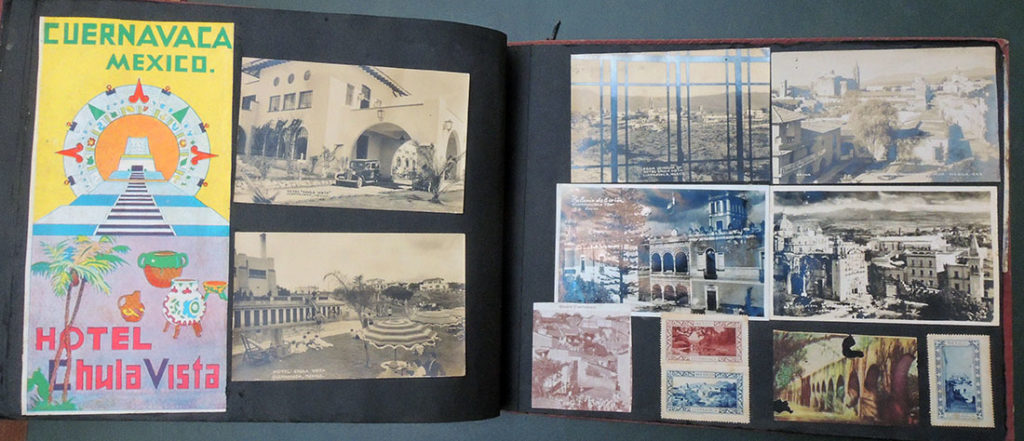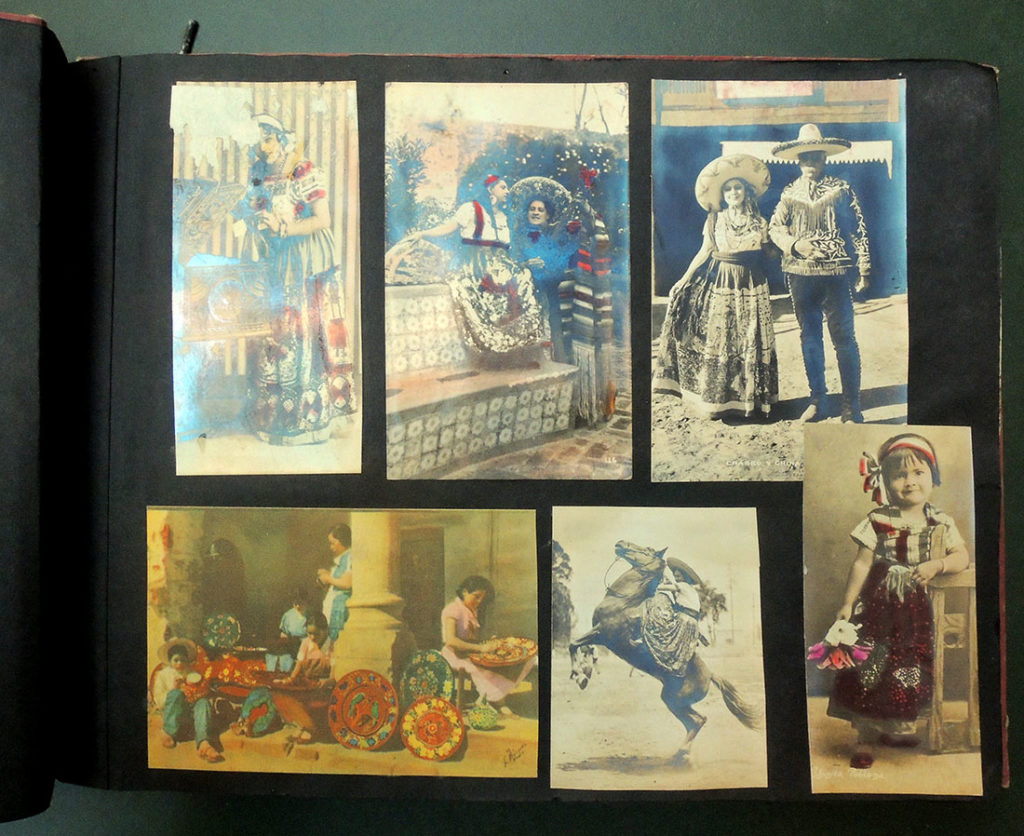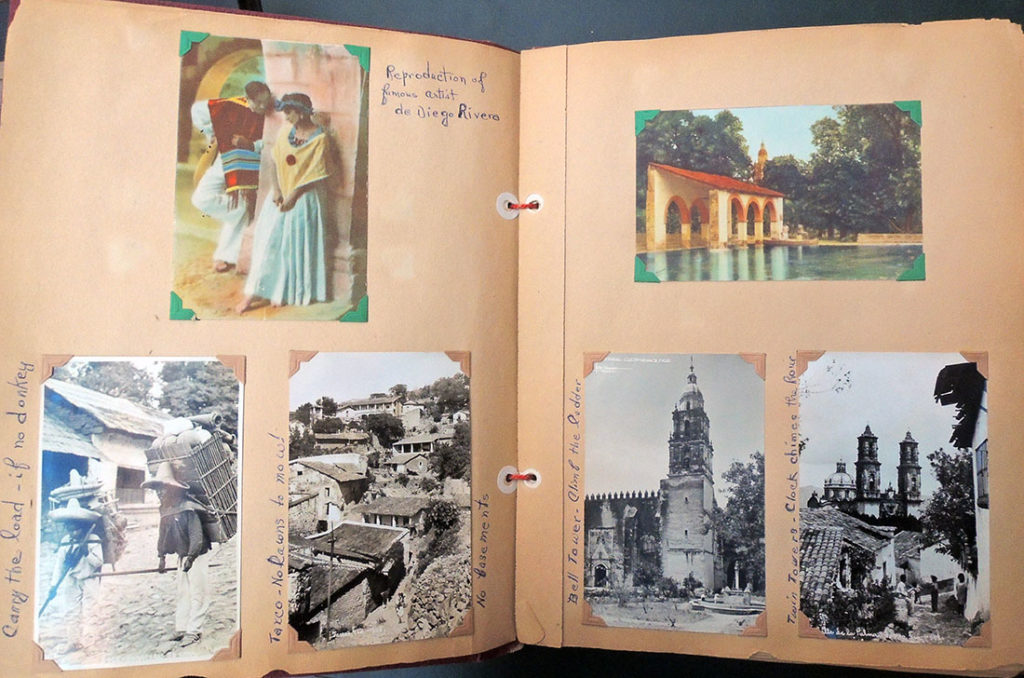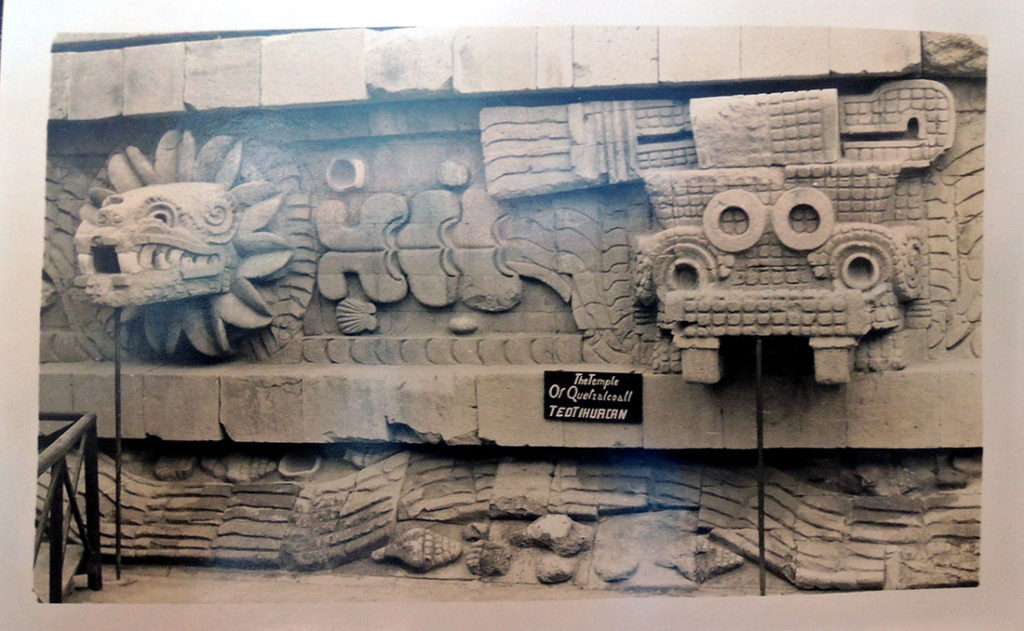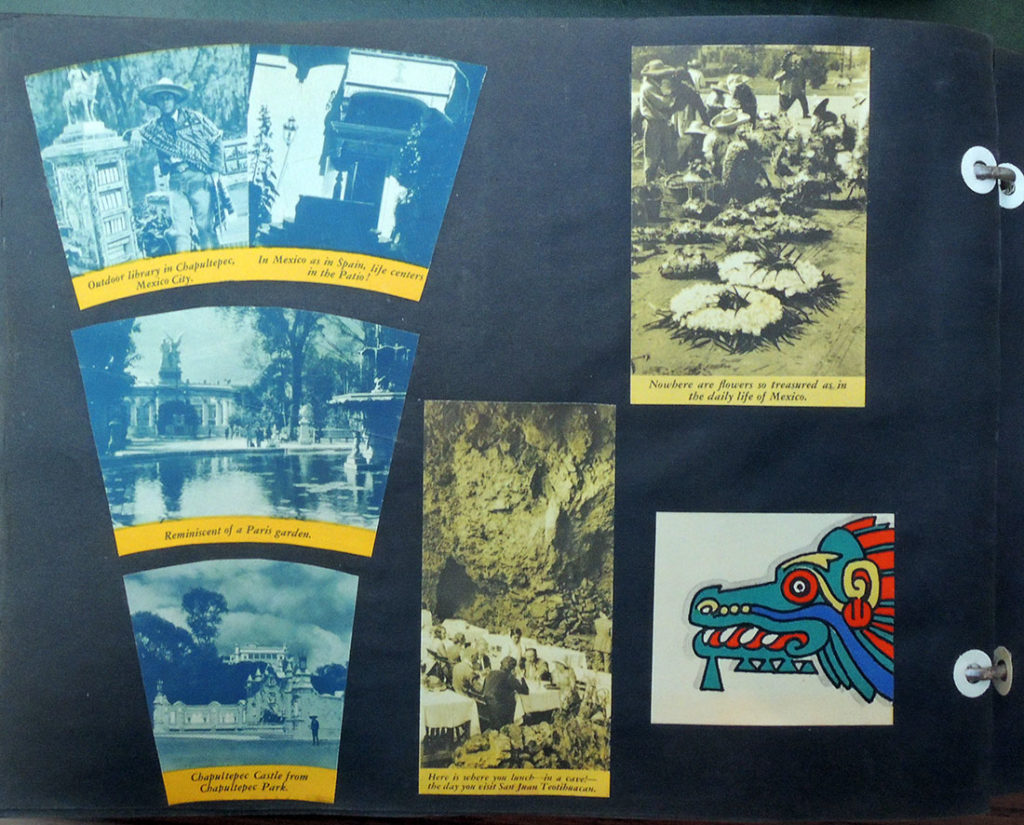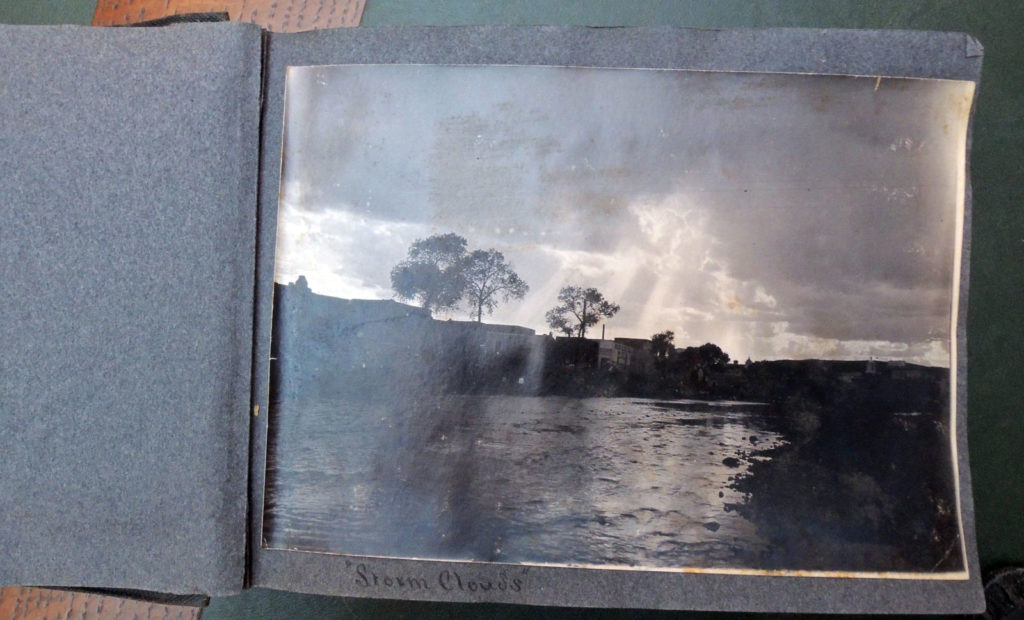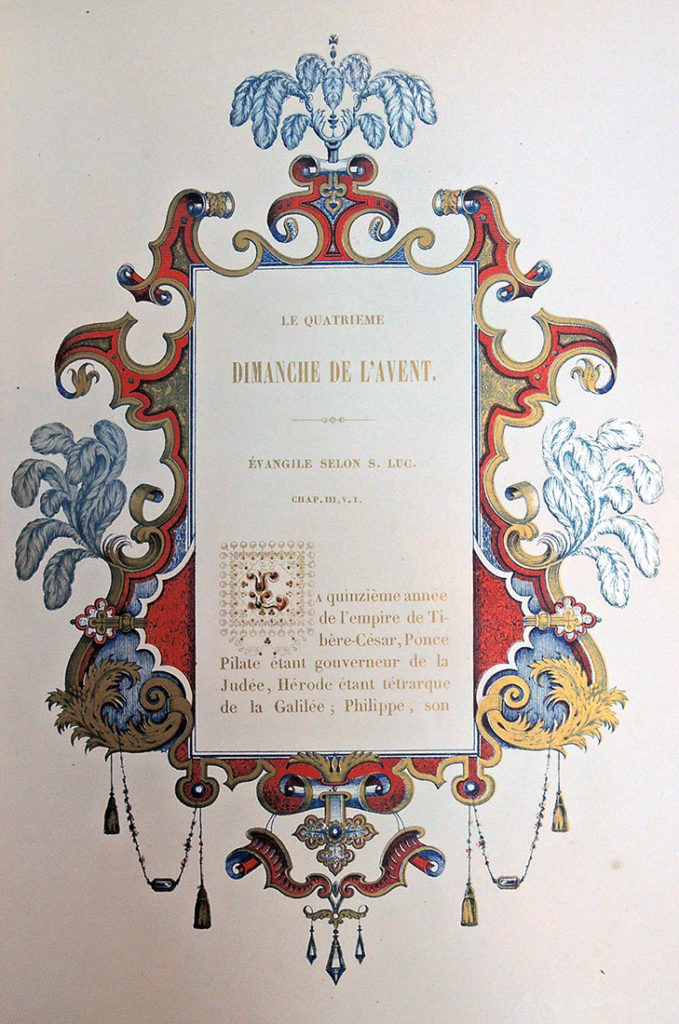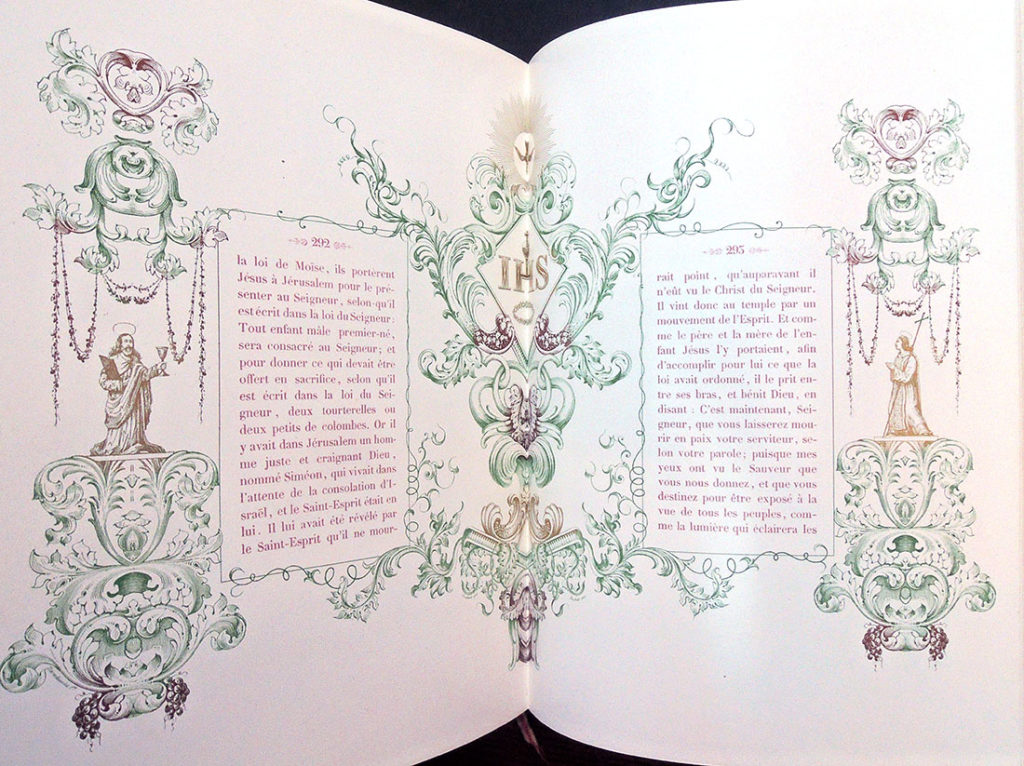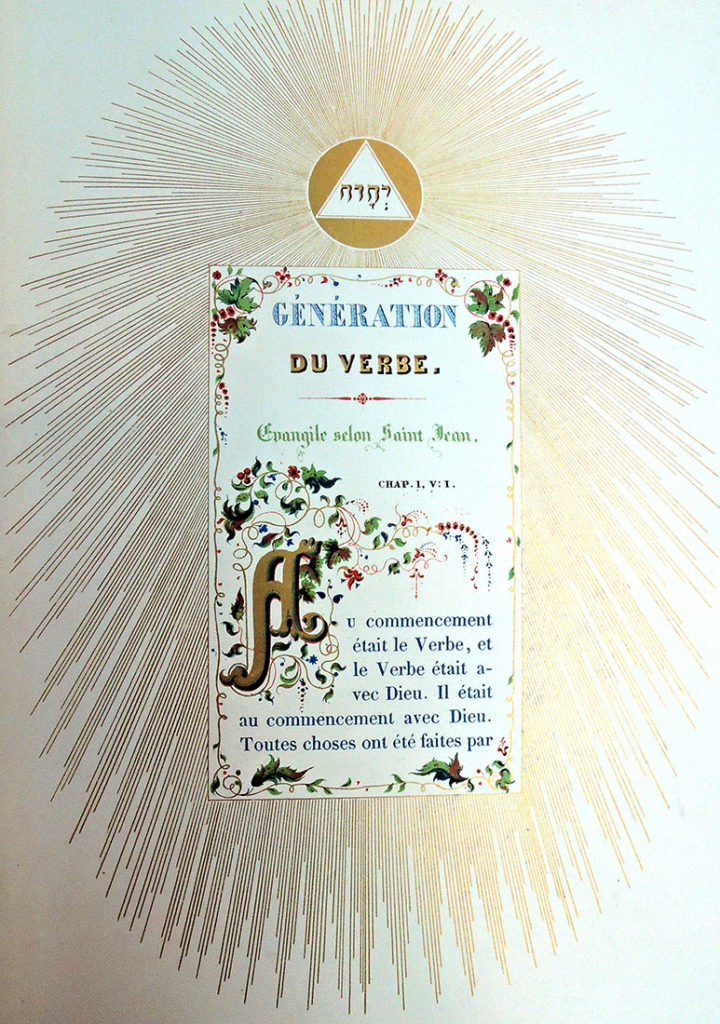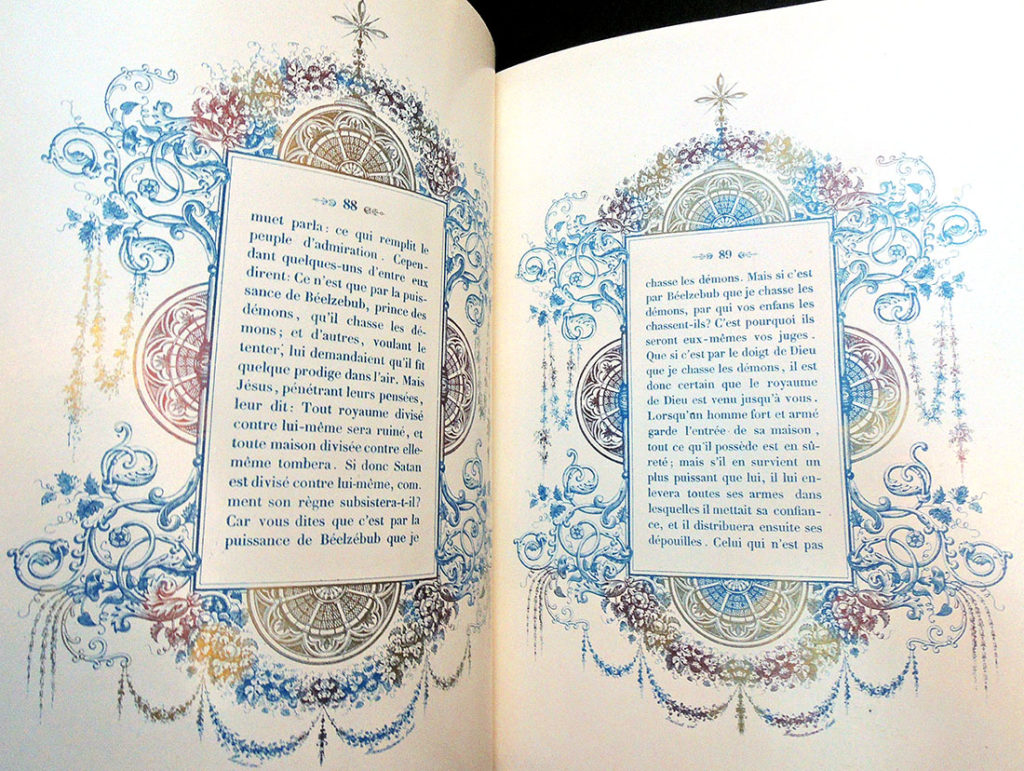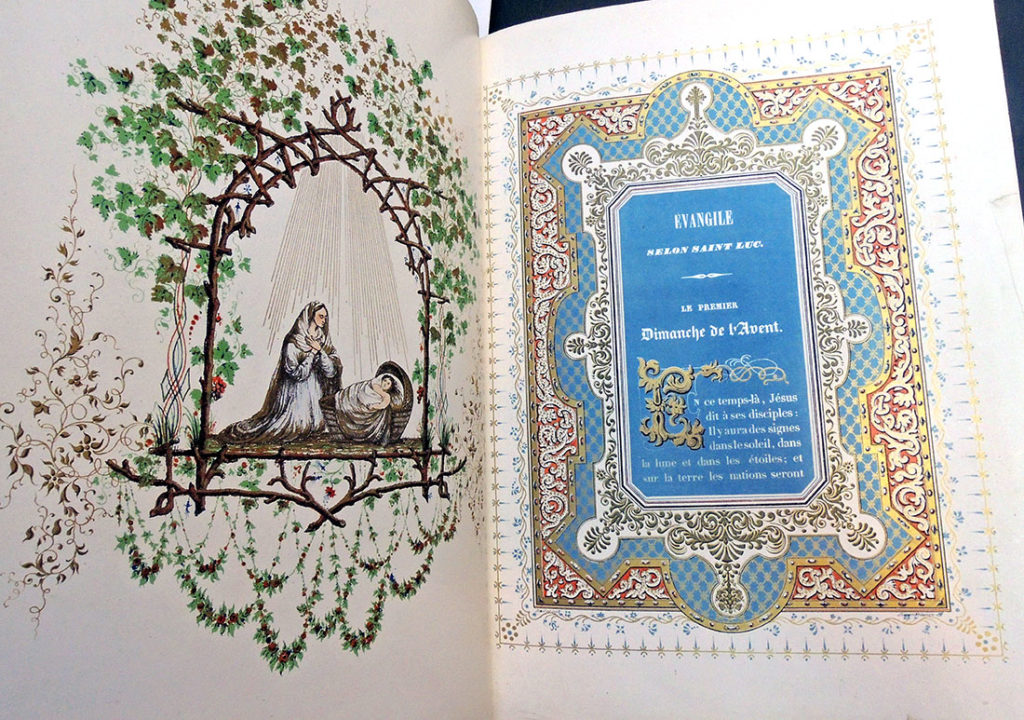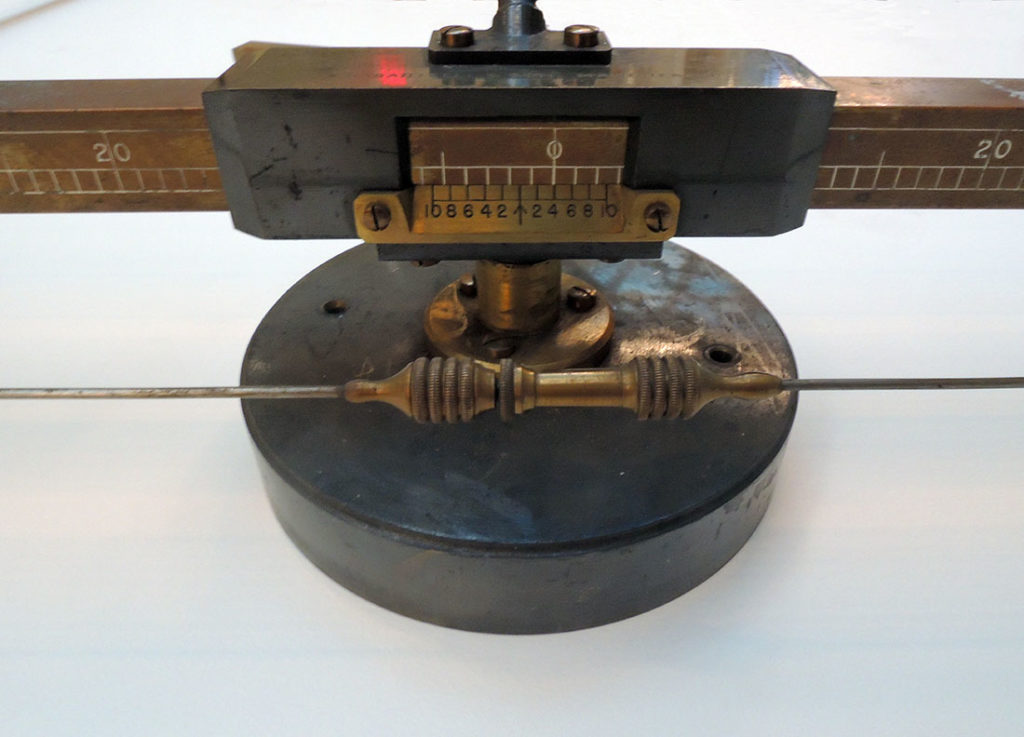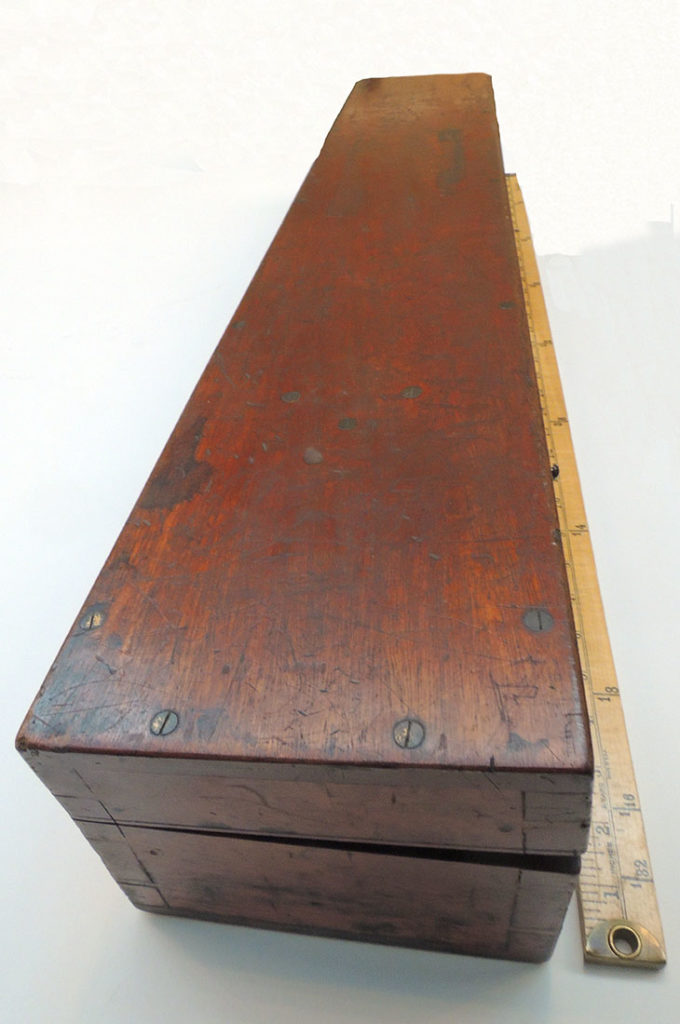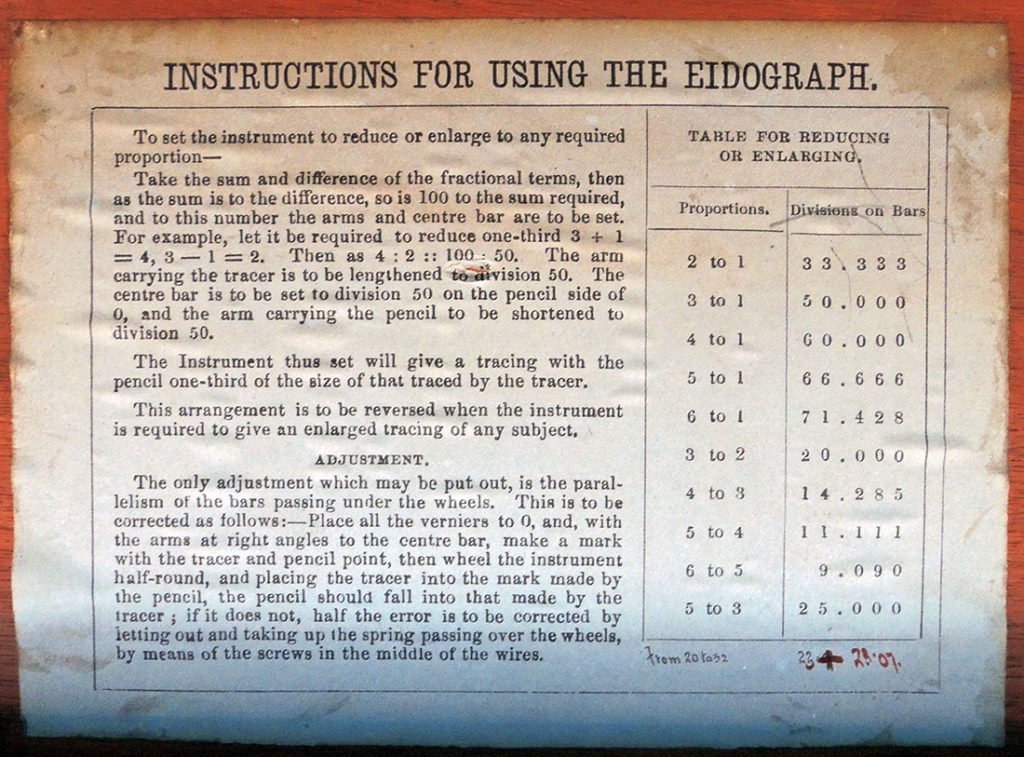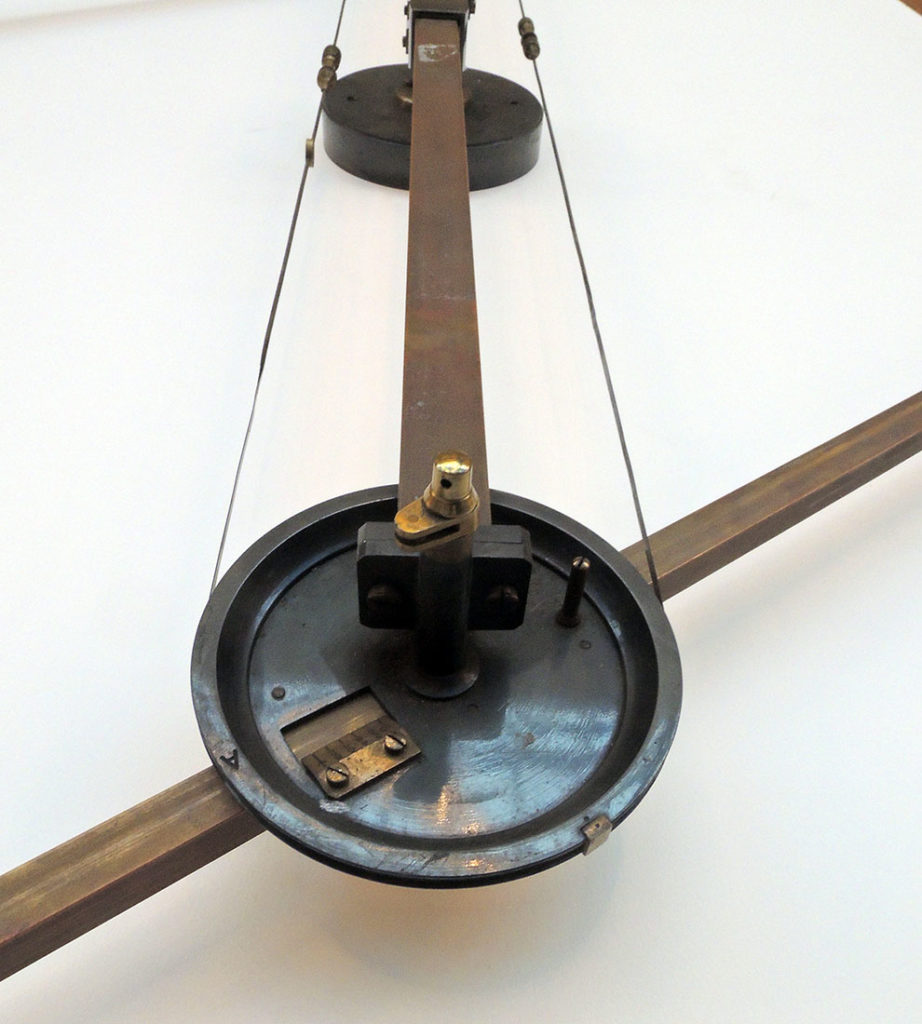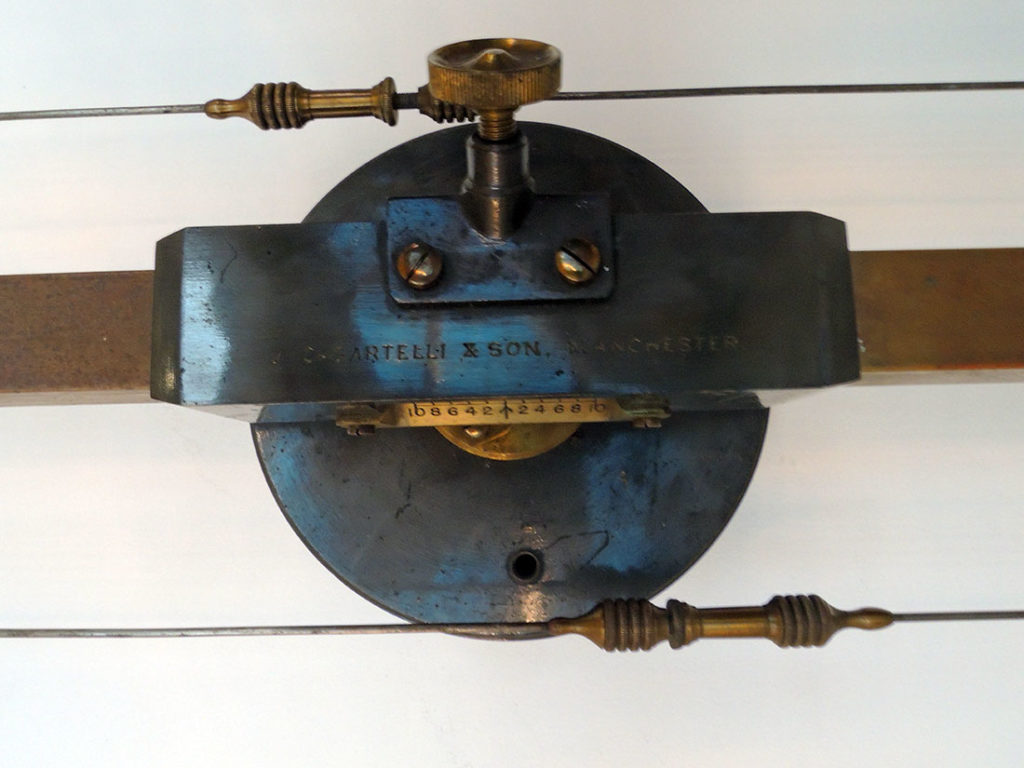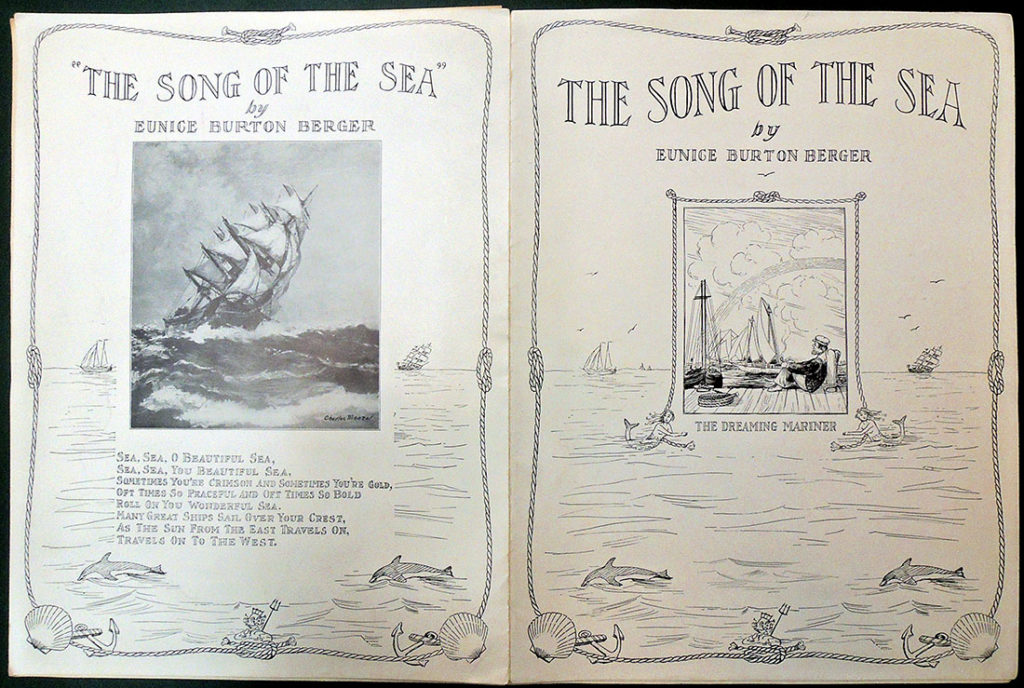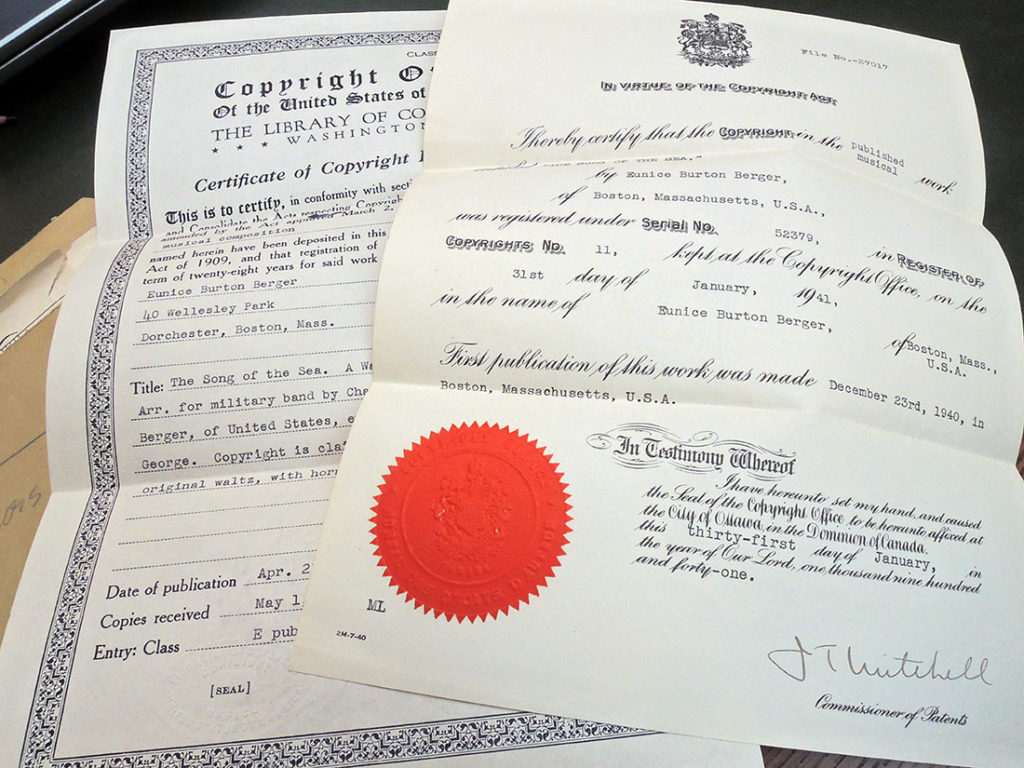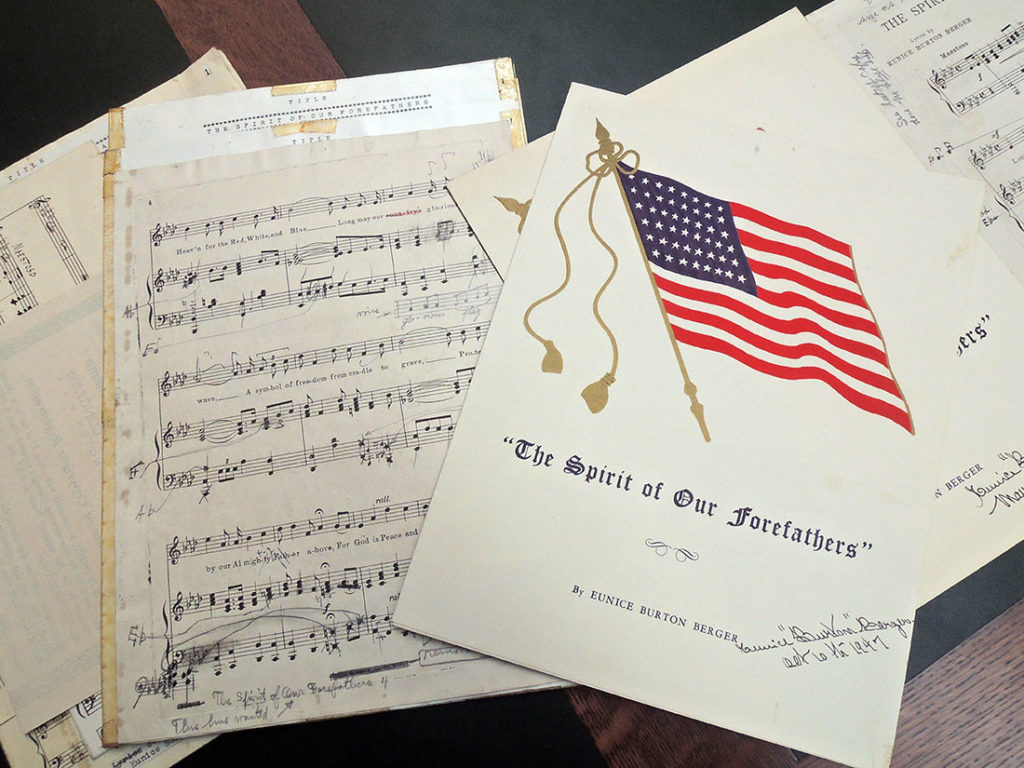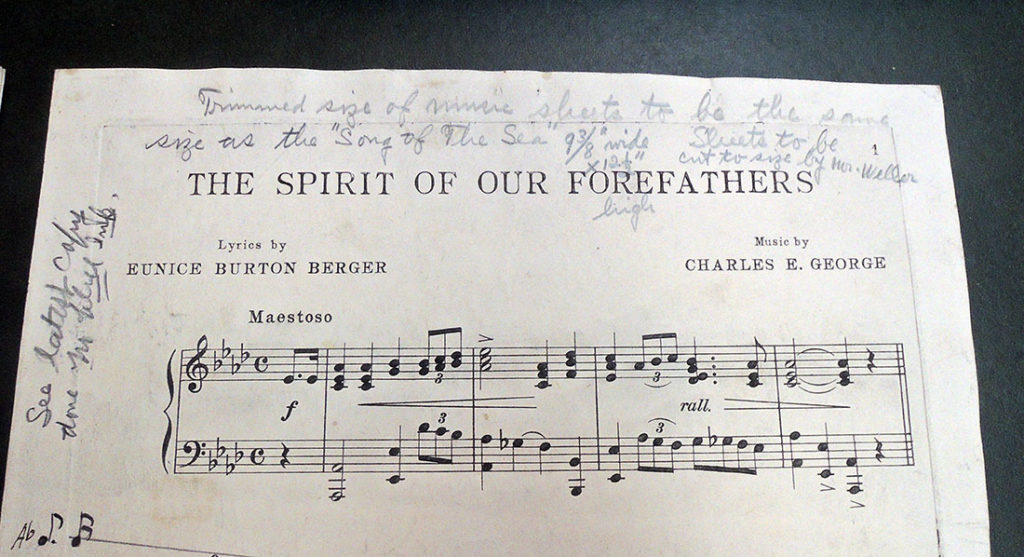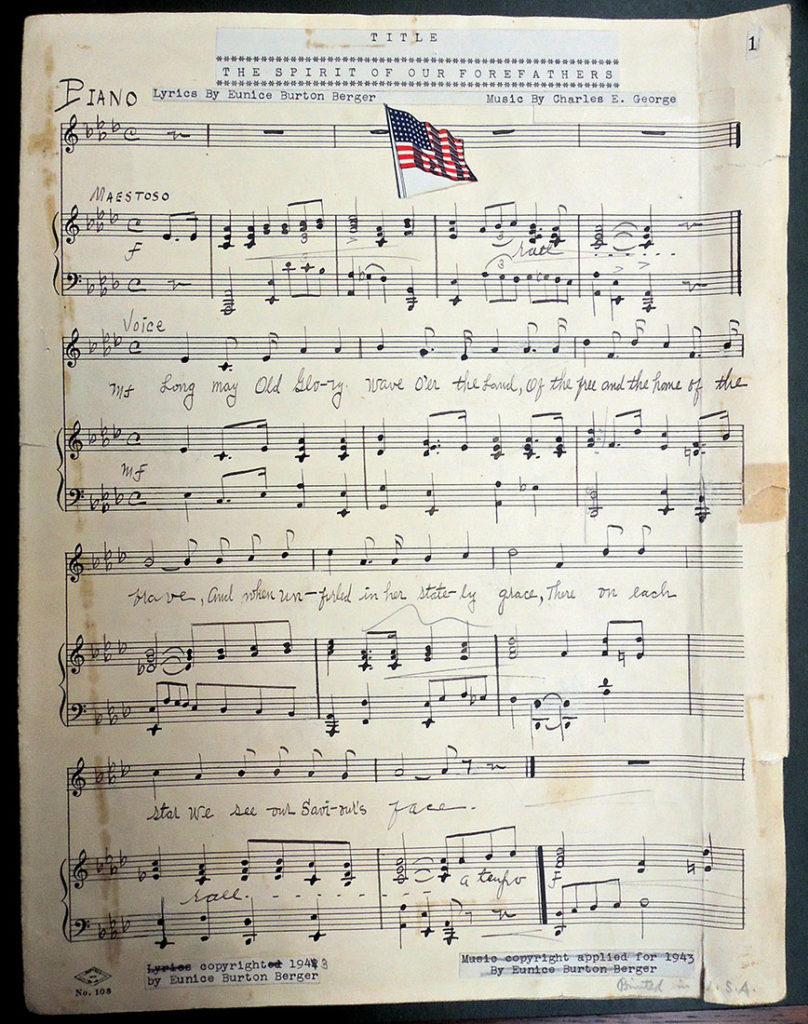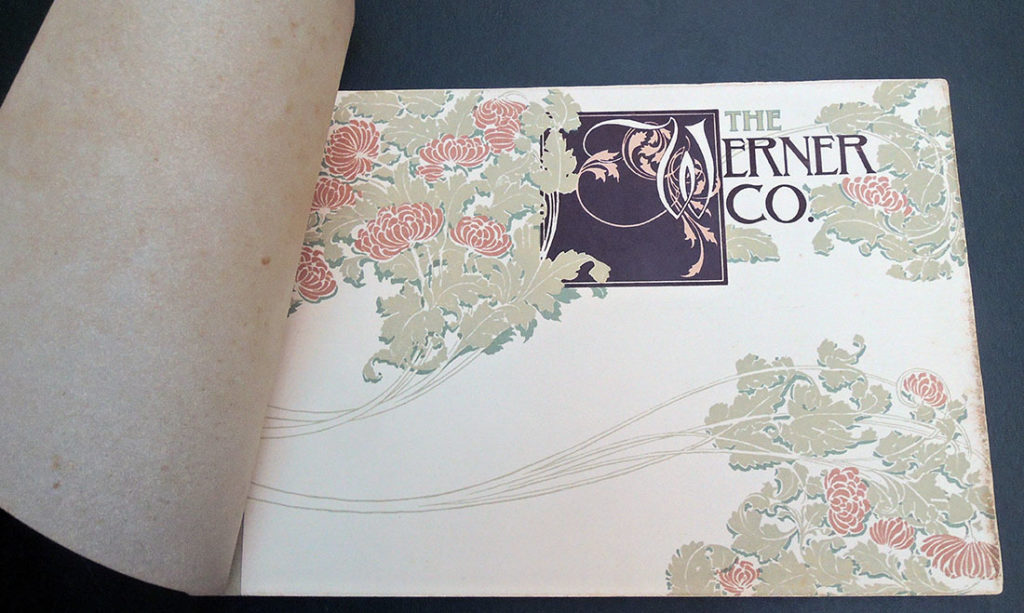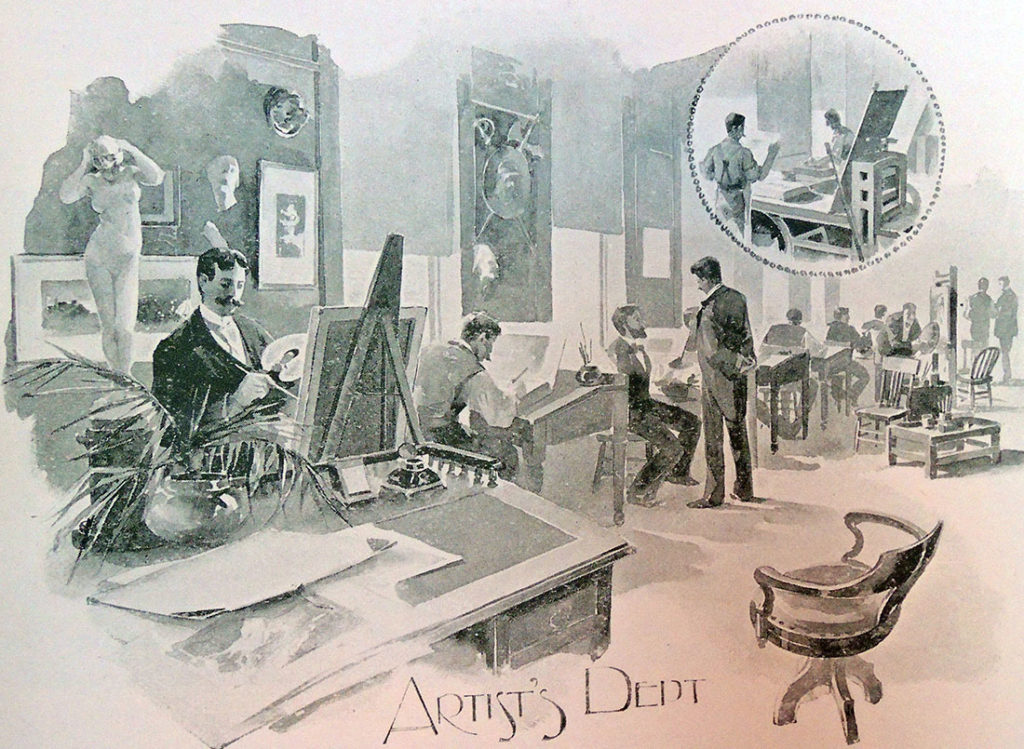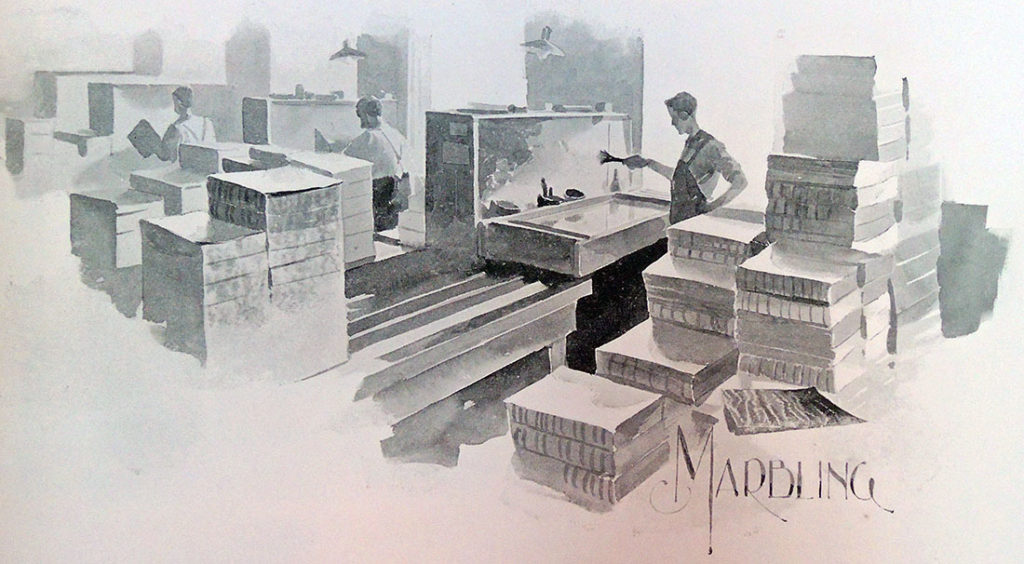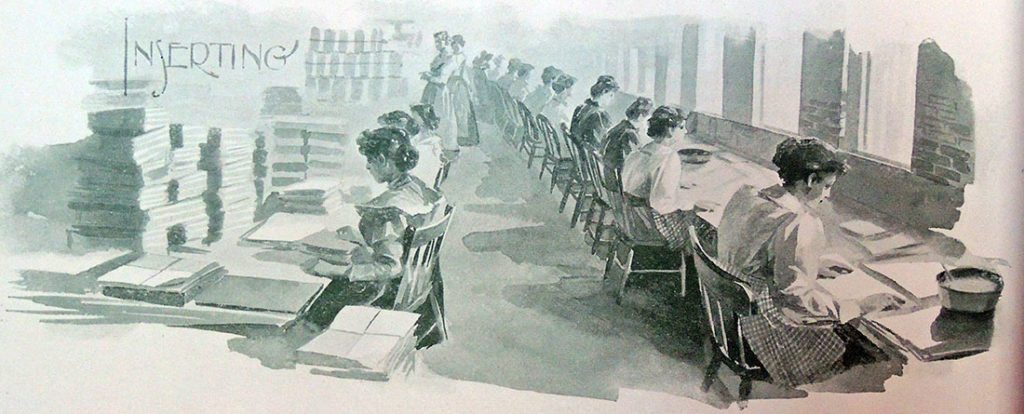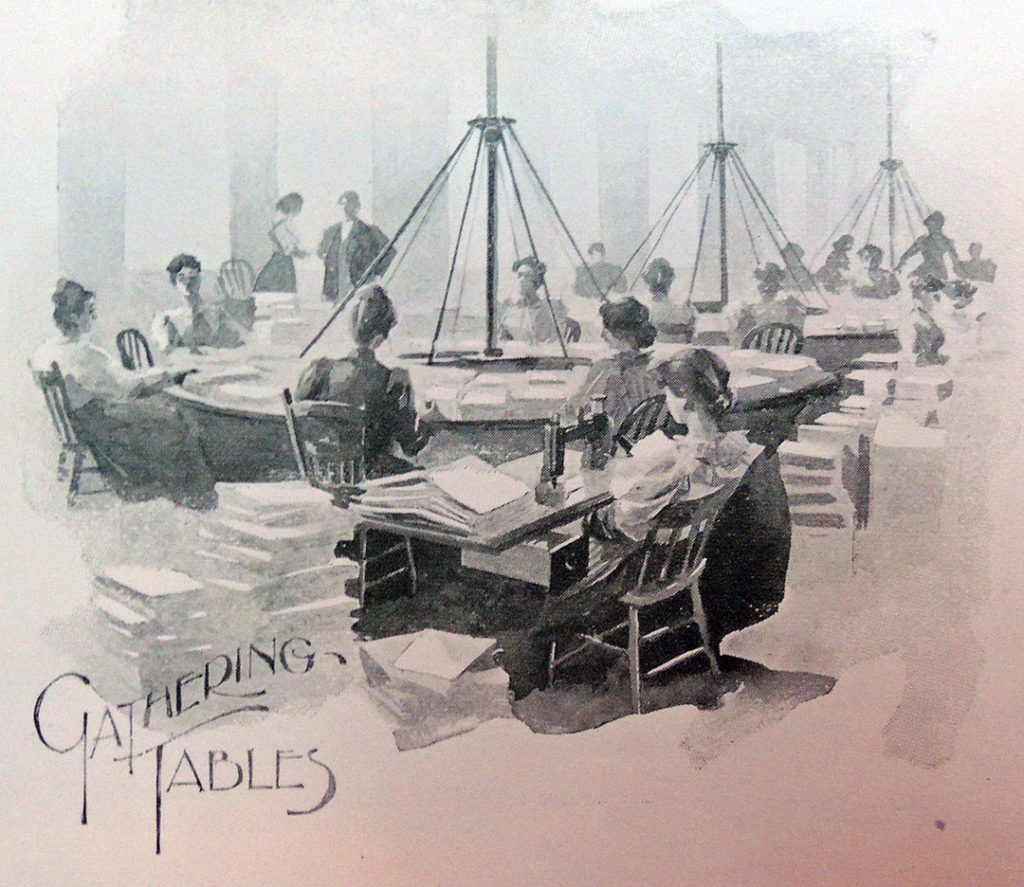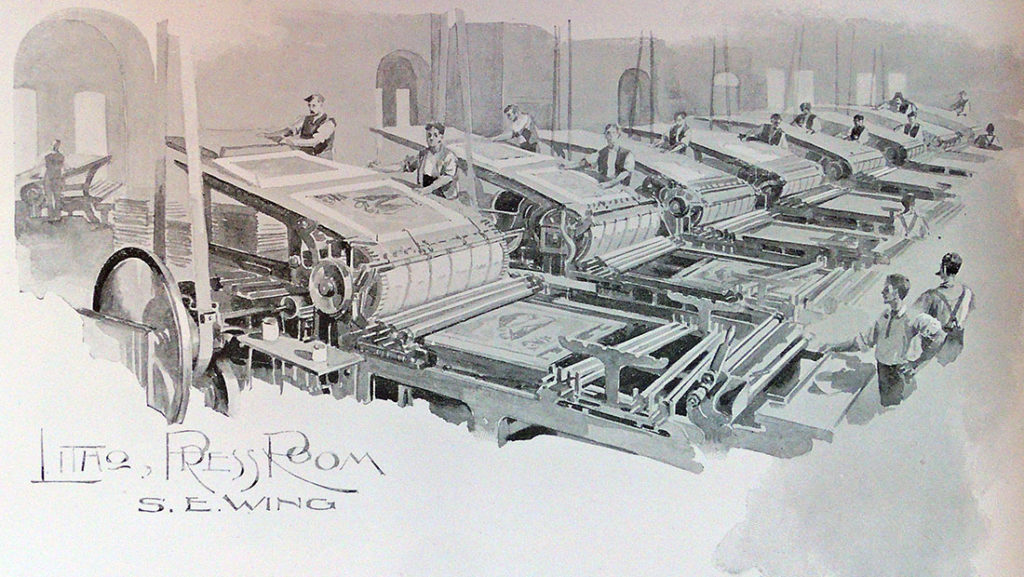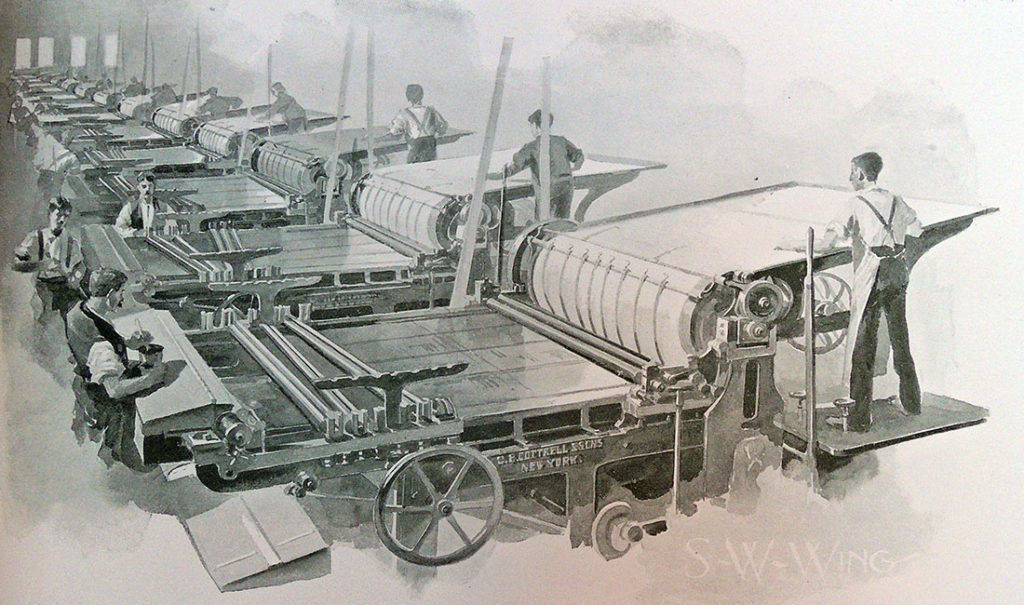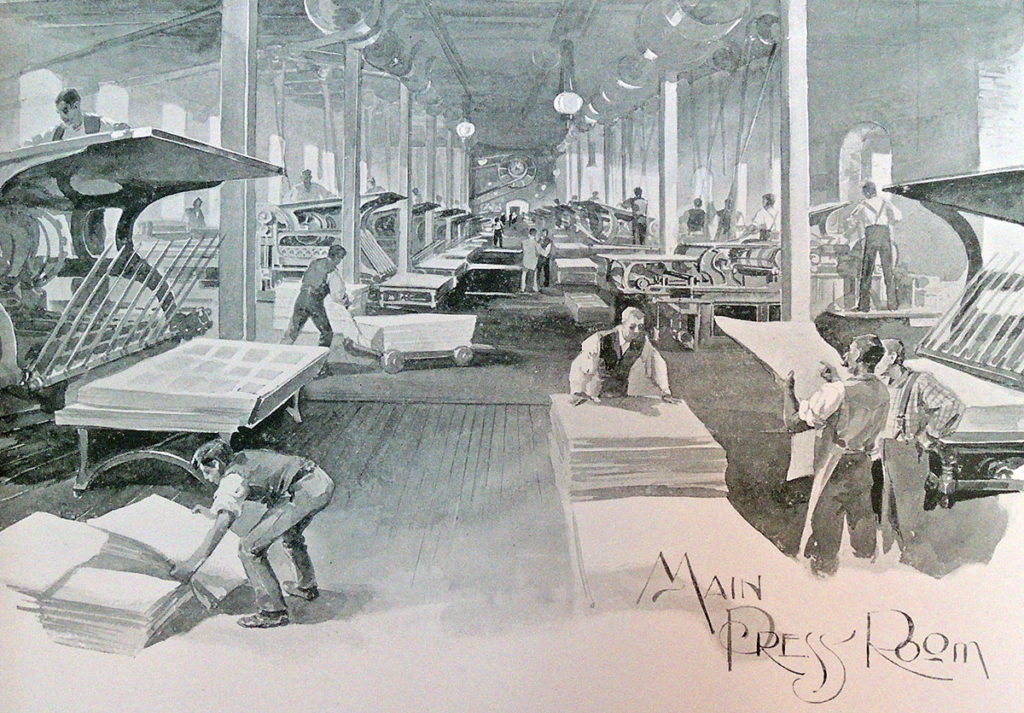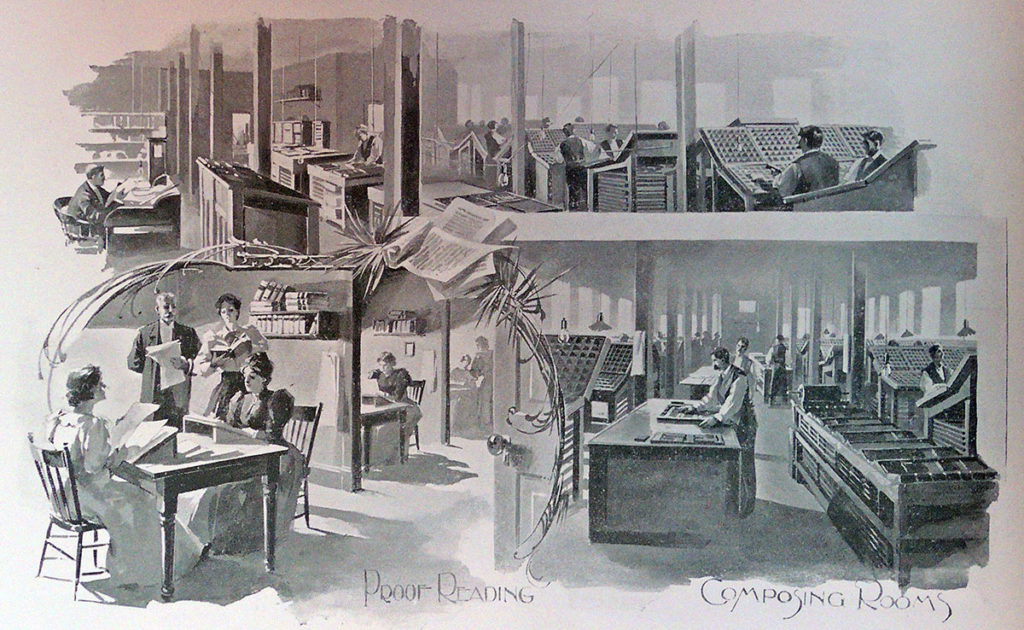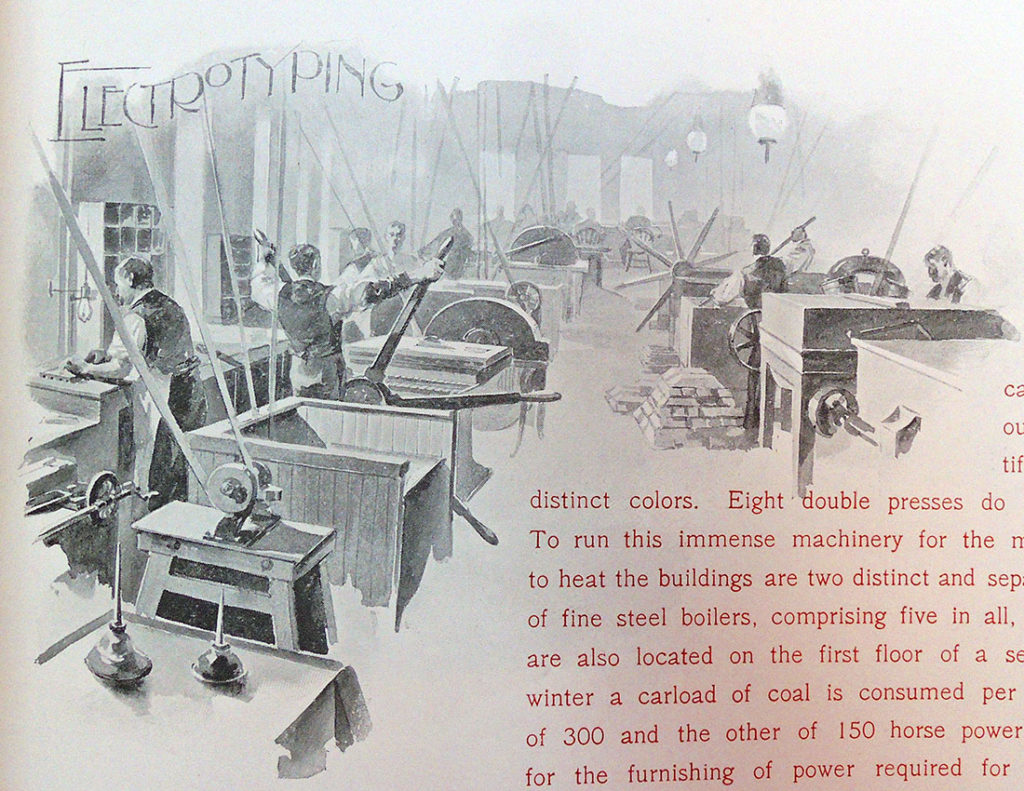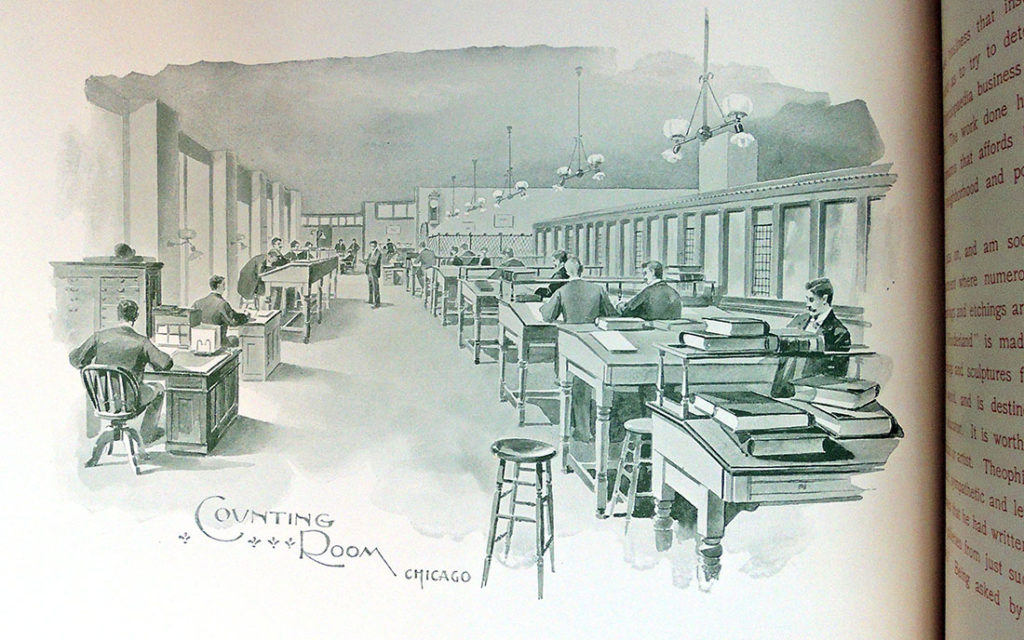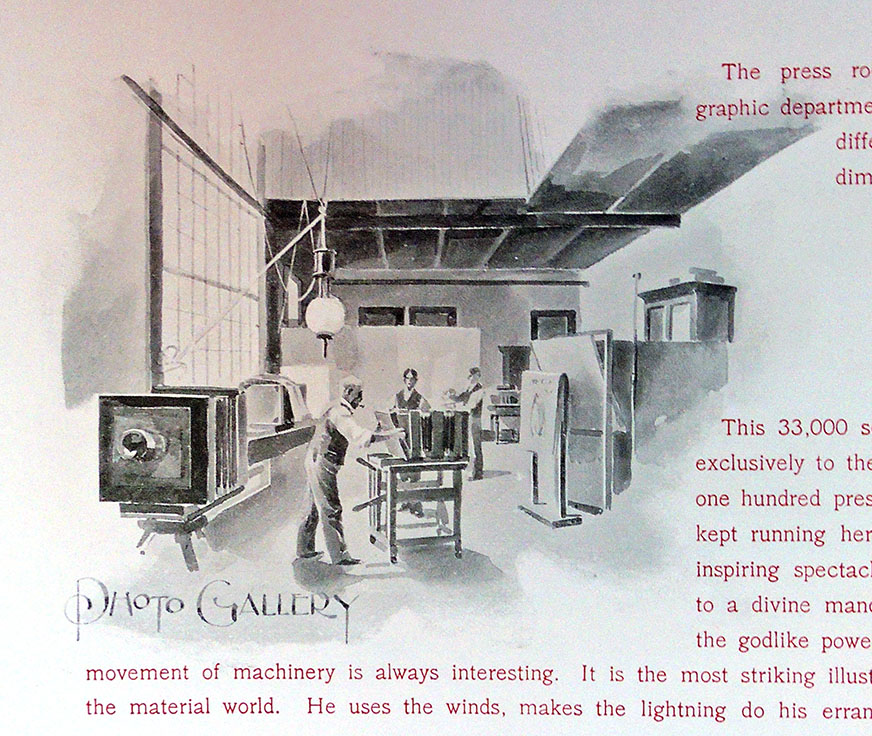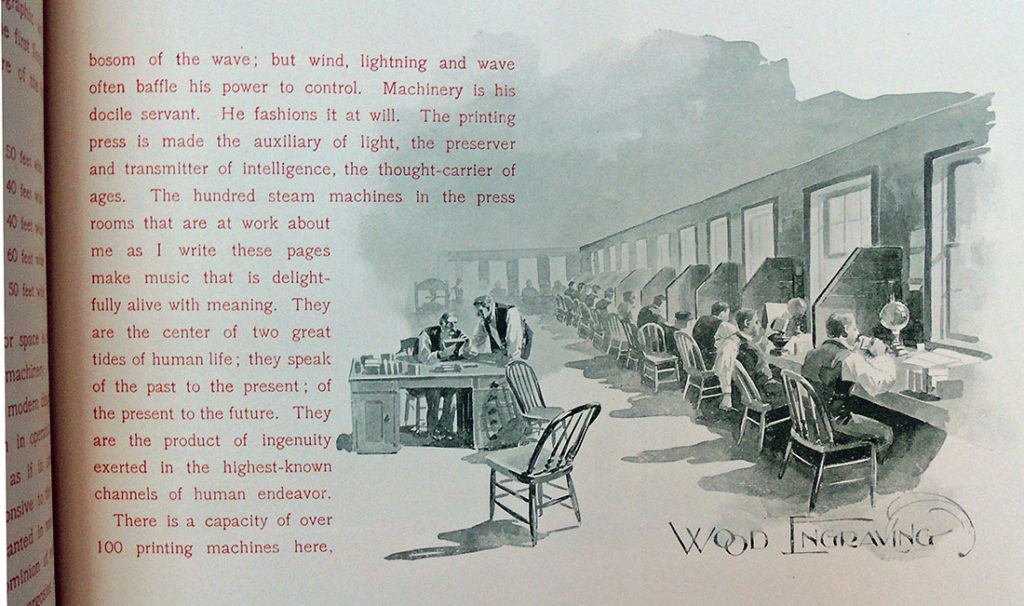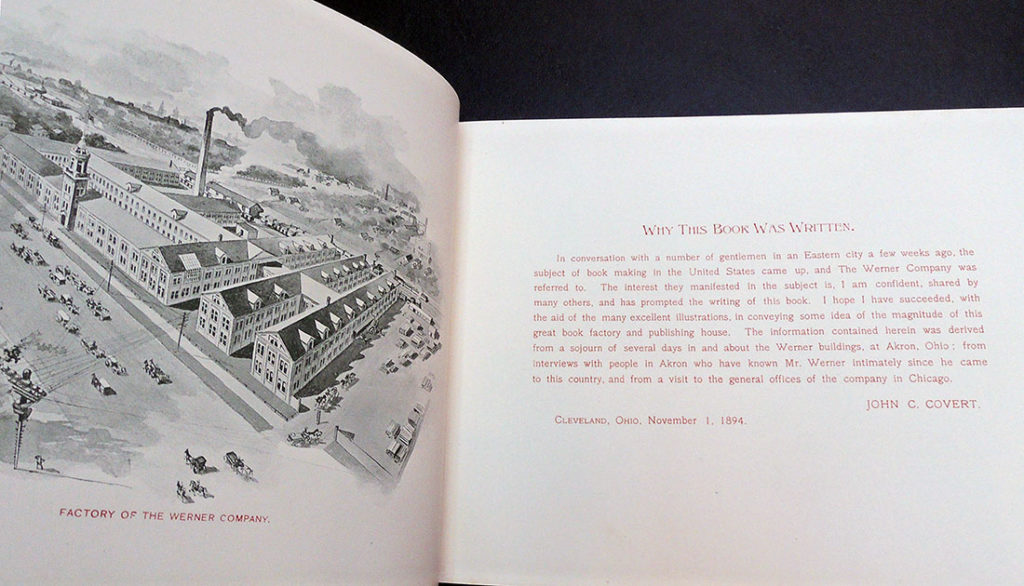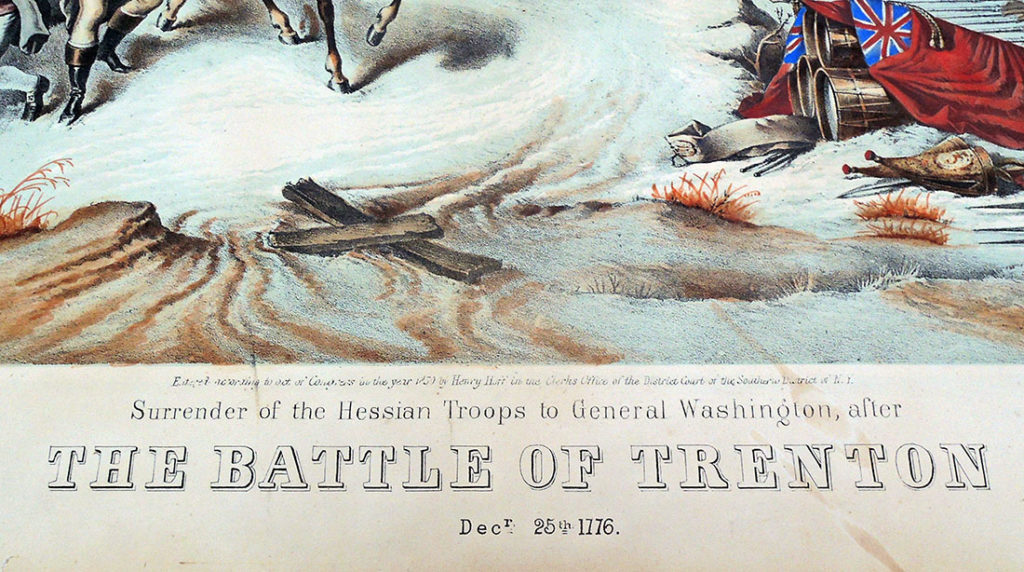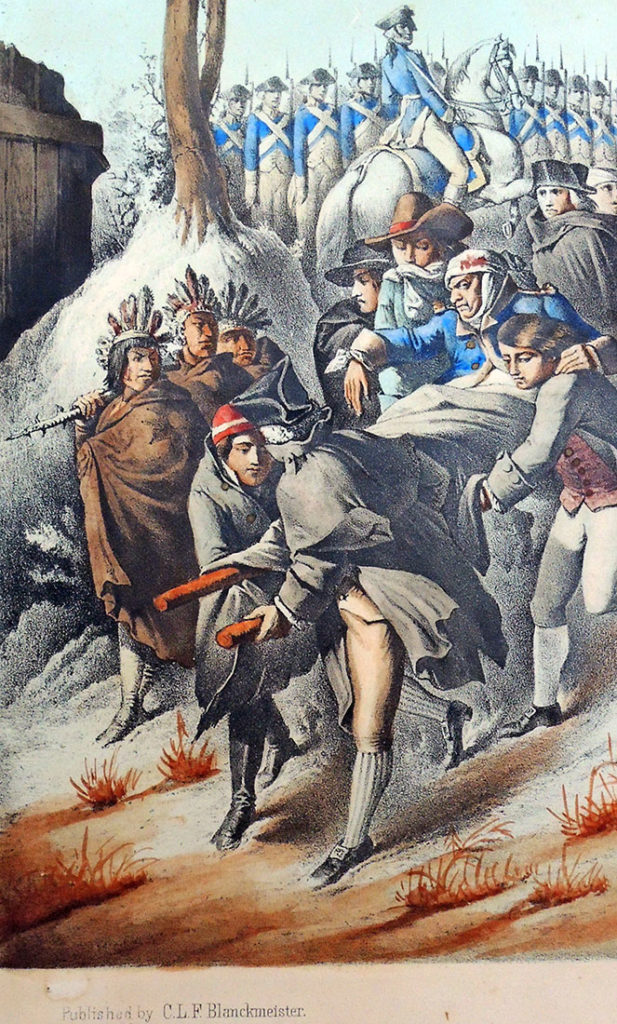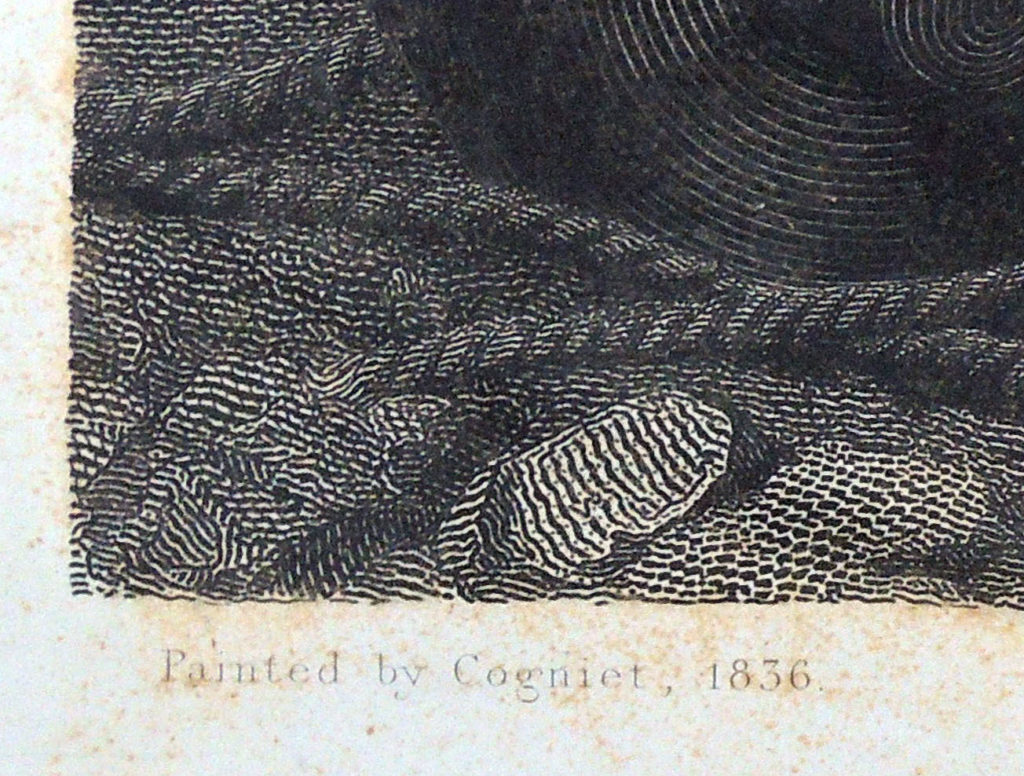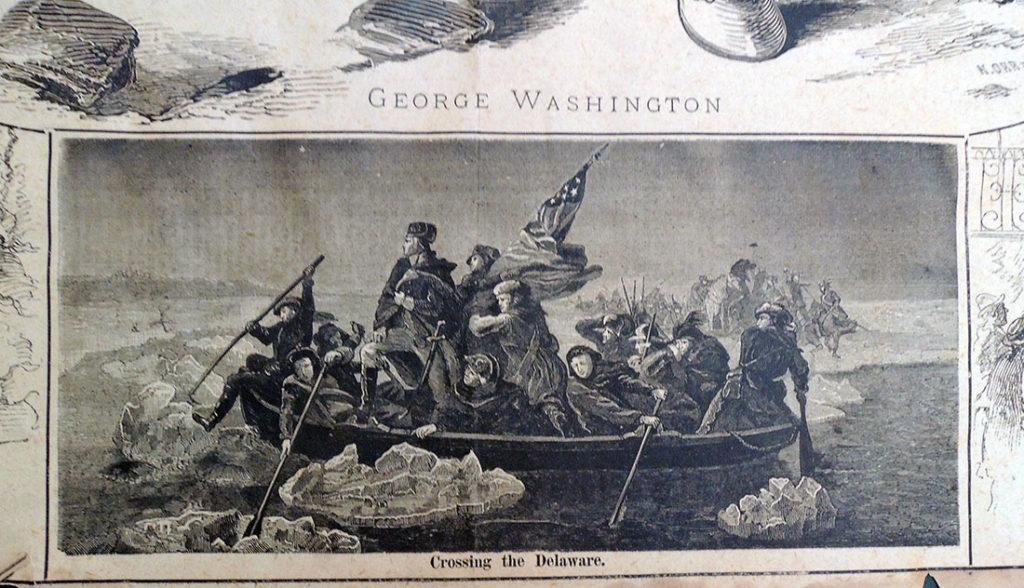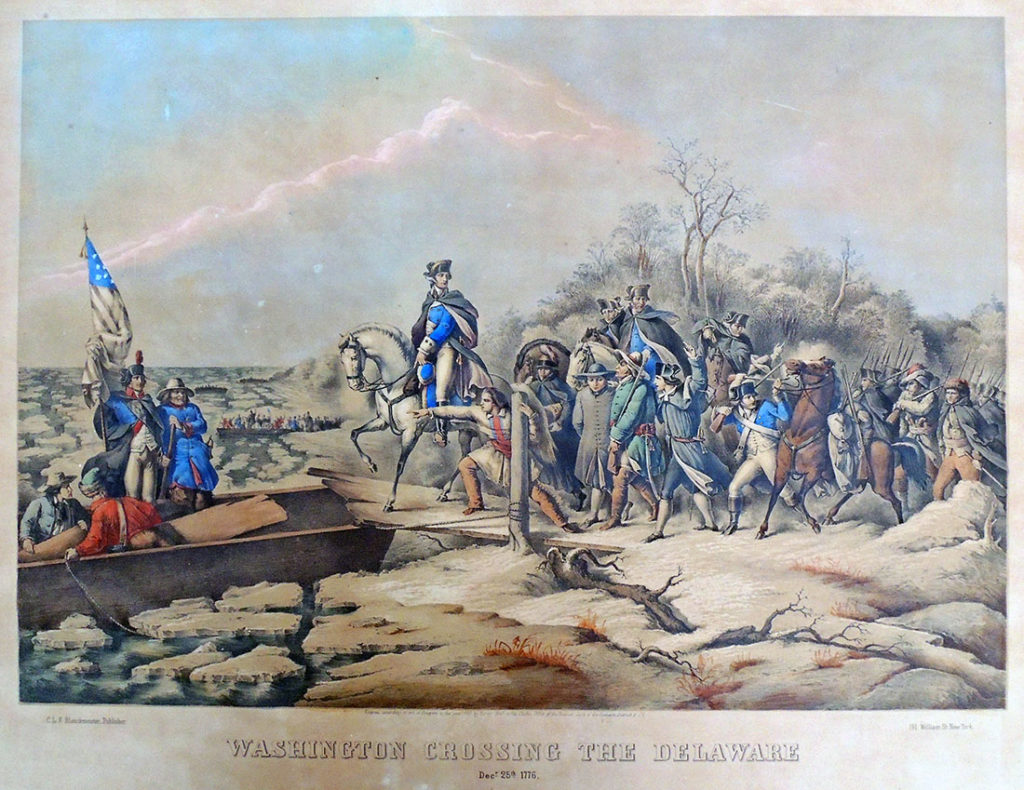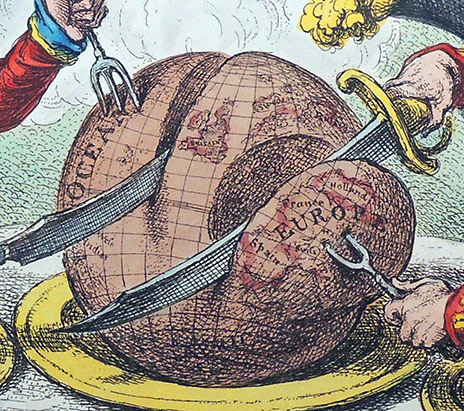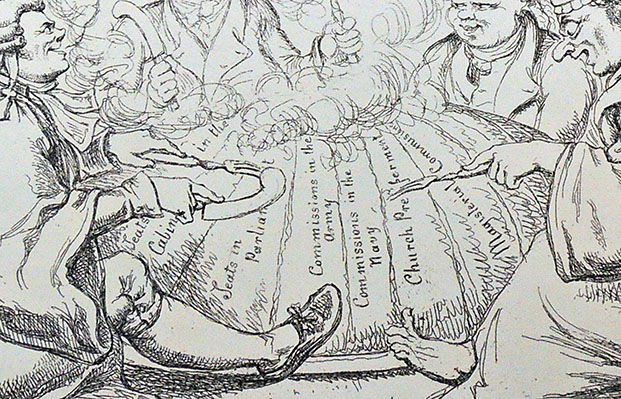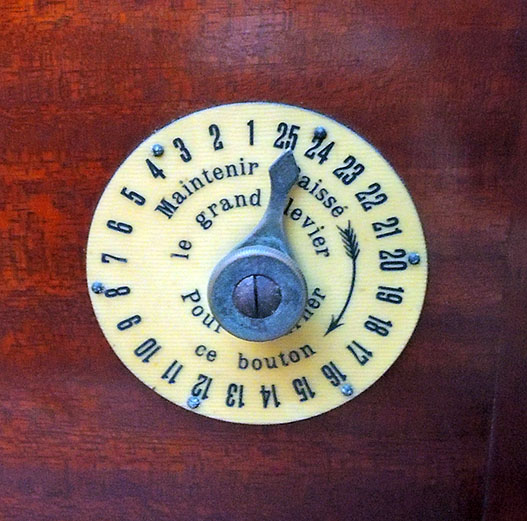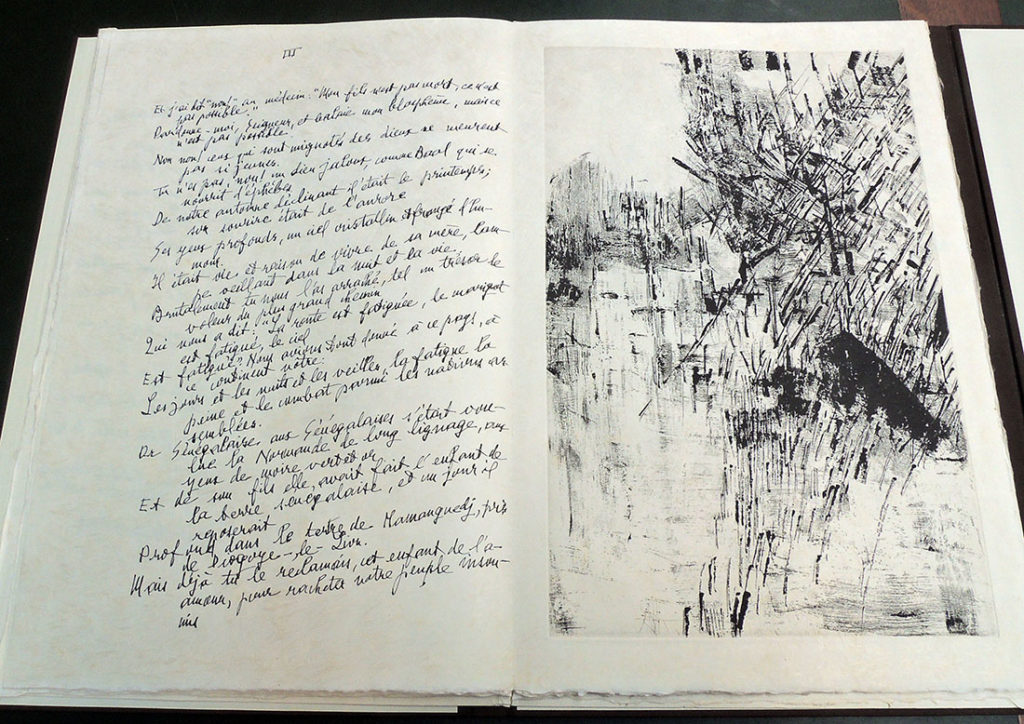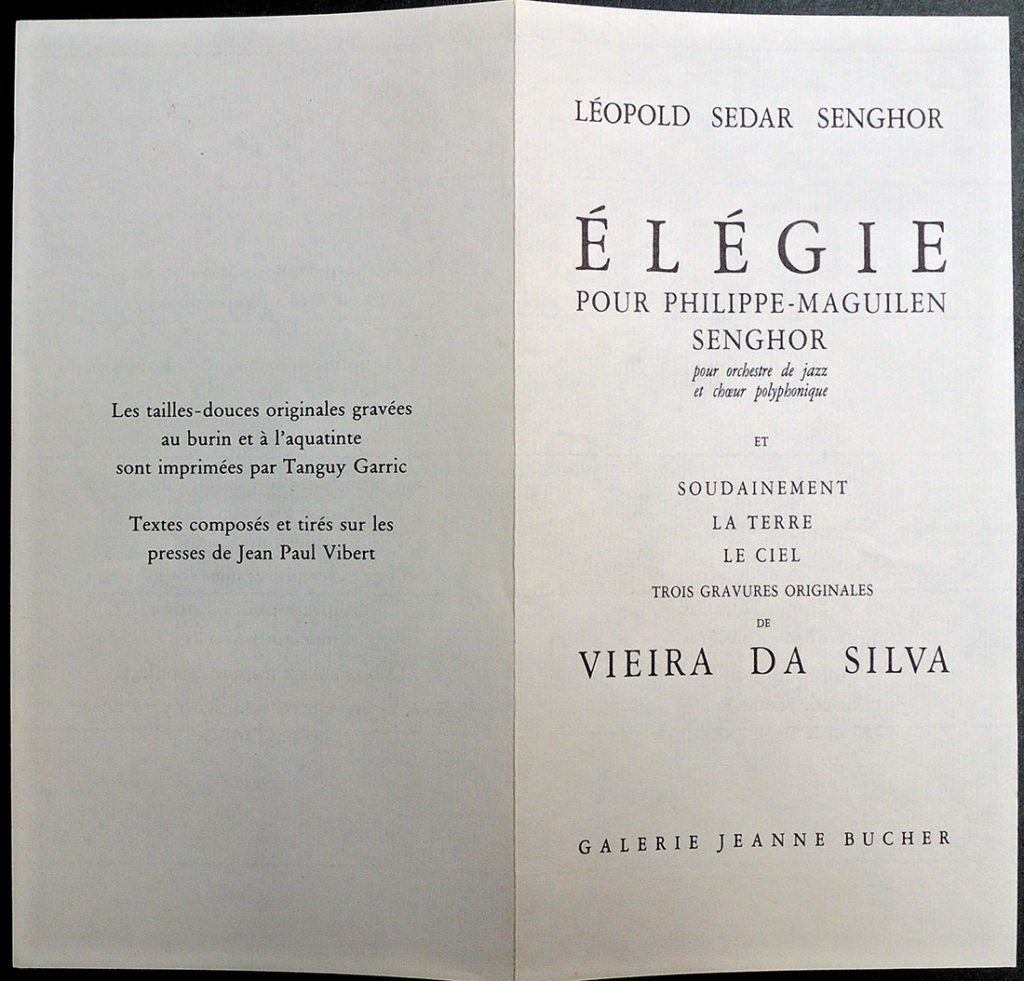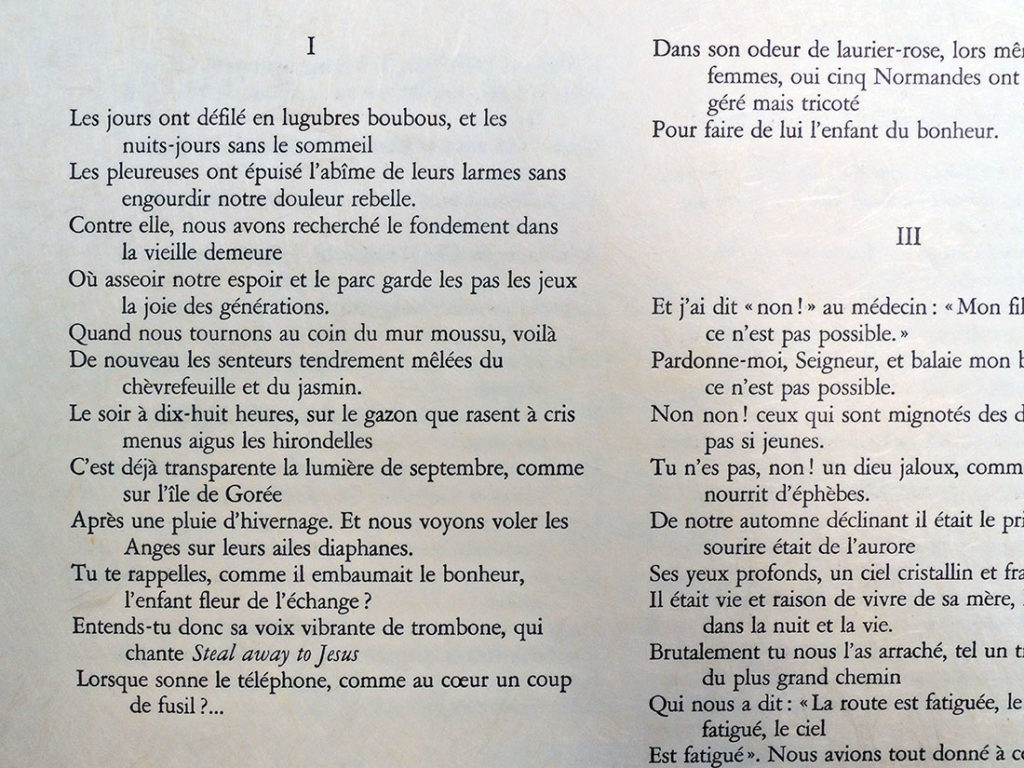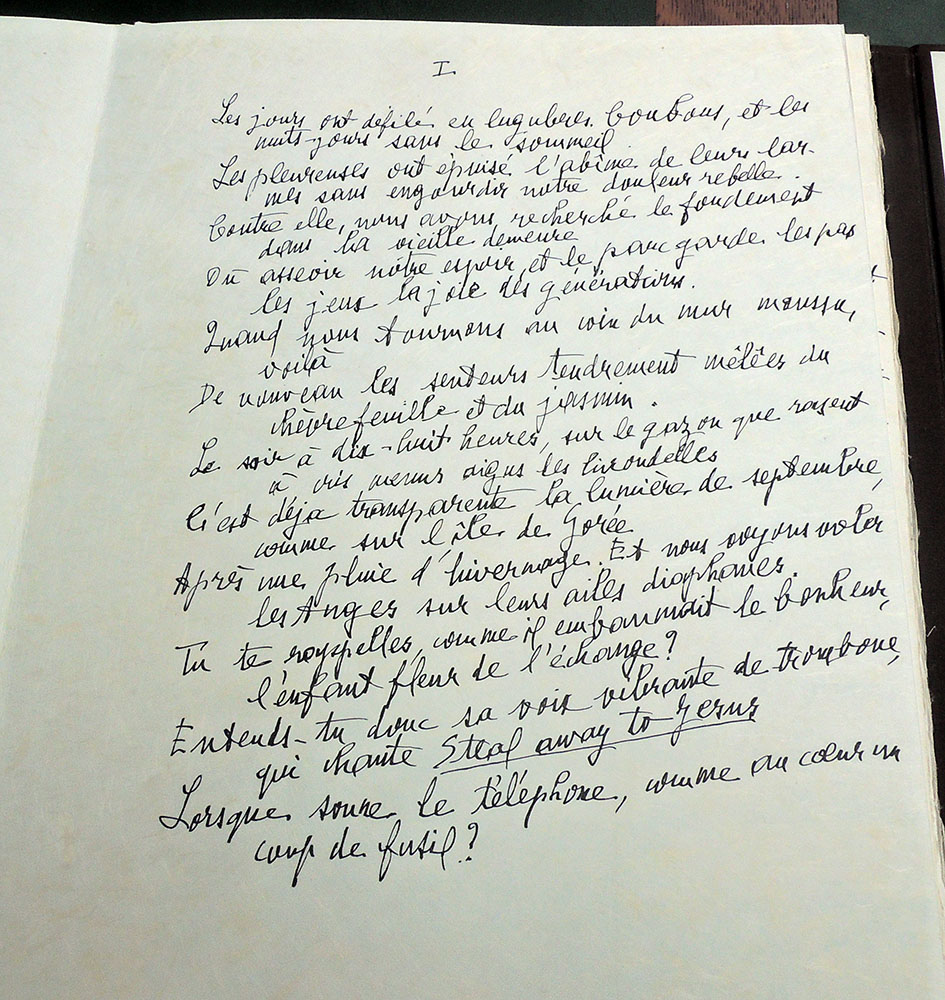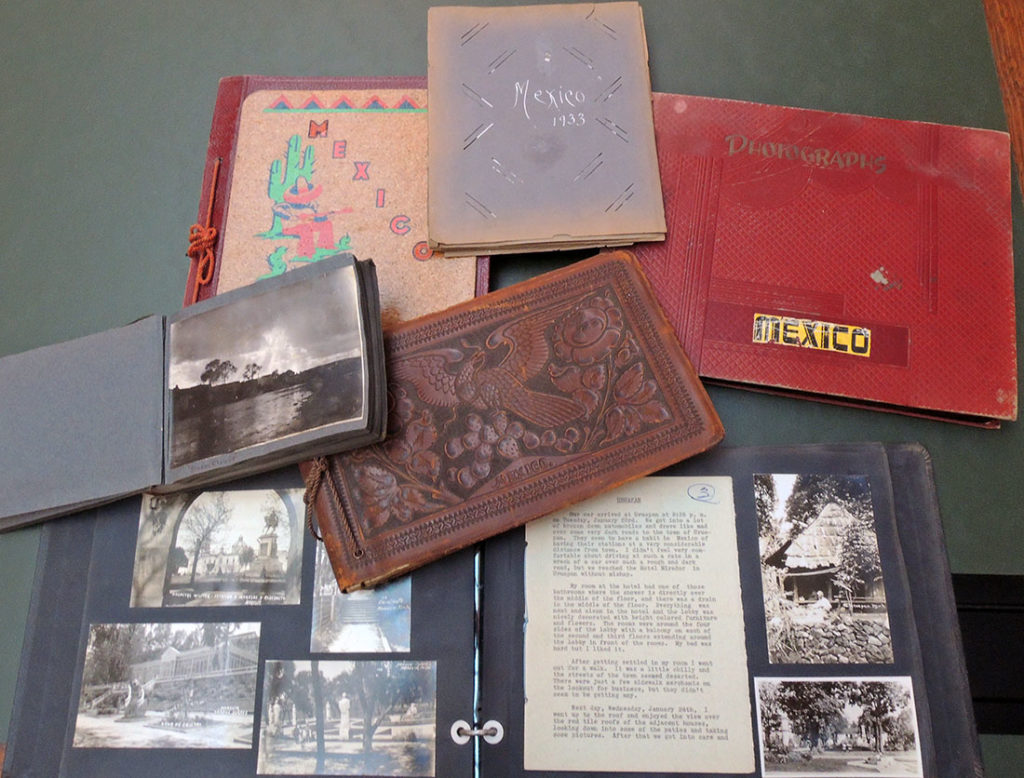 https://catalog.princeton.edu/catalog/5731327
https://catalog.princeton.edu/catalog/5731327
https://findingaids.princeton.edu/collections/RCPXG-5830371.2
Twenty-five boxes of Mexican ephemera were acquired several years ago with a wide variety of materials included. A recent request for the photography albums and scrapbooks has led to the individual cataloguing of these unique, unpublished items (in process). The images include such diversity of commercial and personal photography, along with stamps, labels, souvenirs, brochures, and other ephemeral material, many with handwritten captions, that a few quick images were captured here.
Gospels for Sundays and Saints Days
Louis Barbat ( 1795-1870), Évangiles de Dimanches et fêtes. Illustrés par Barbat père et fils (Chalons-S-Marne: Imprimerie Lithographique Barbat, 1844). Graphic Arts Collection GAX 2018- in process
OCLC lists fewer than a dozen copies of Barbat’s masterpiece of early lithographic printing in libraries worldwide and so, it is a treat to have acquired a copy for the Graphic Arts Collection. In his discussion of 19th-century printing on coated or enameled papers, Michael Twyman mentions two reasons for using “carton porcelaine” as Barbat does with this volume: First because when powdered colors were used, its smooth surface made it easier to brush away the powder from unwanted areas and second, because the coating limited the amount of water that was absorbed in the course of printing. The two notable publications he sites that made use of such paper are Midolle’s Recueil, ou, alphabet de lettres initials historiques (1846) and Barbat’s Évangiles seen here.
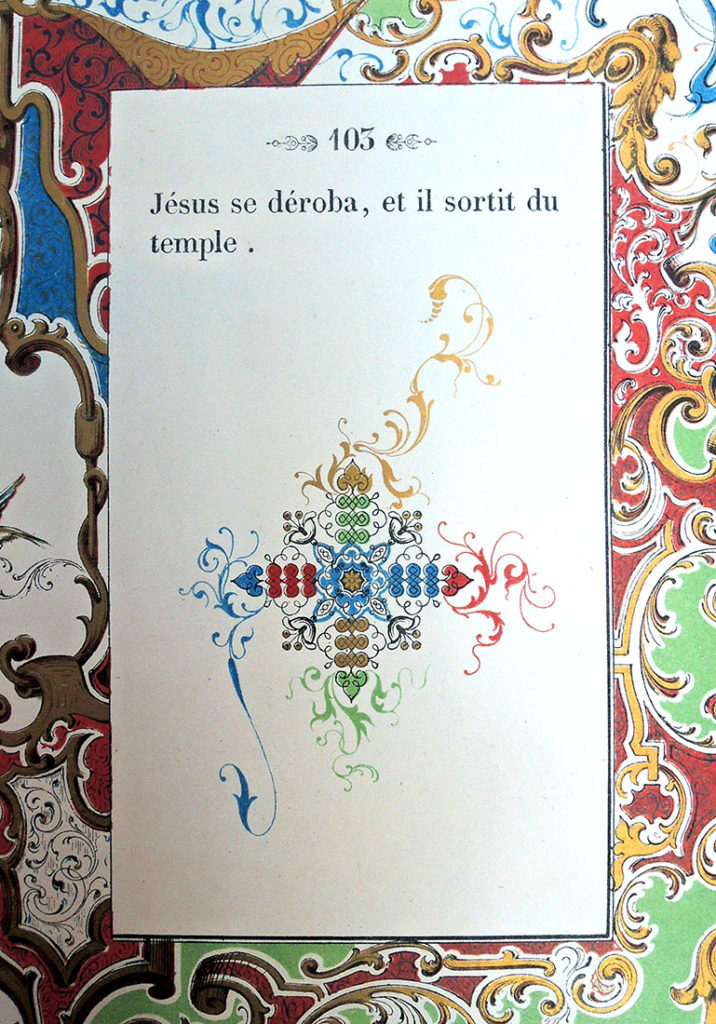
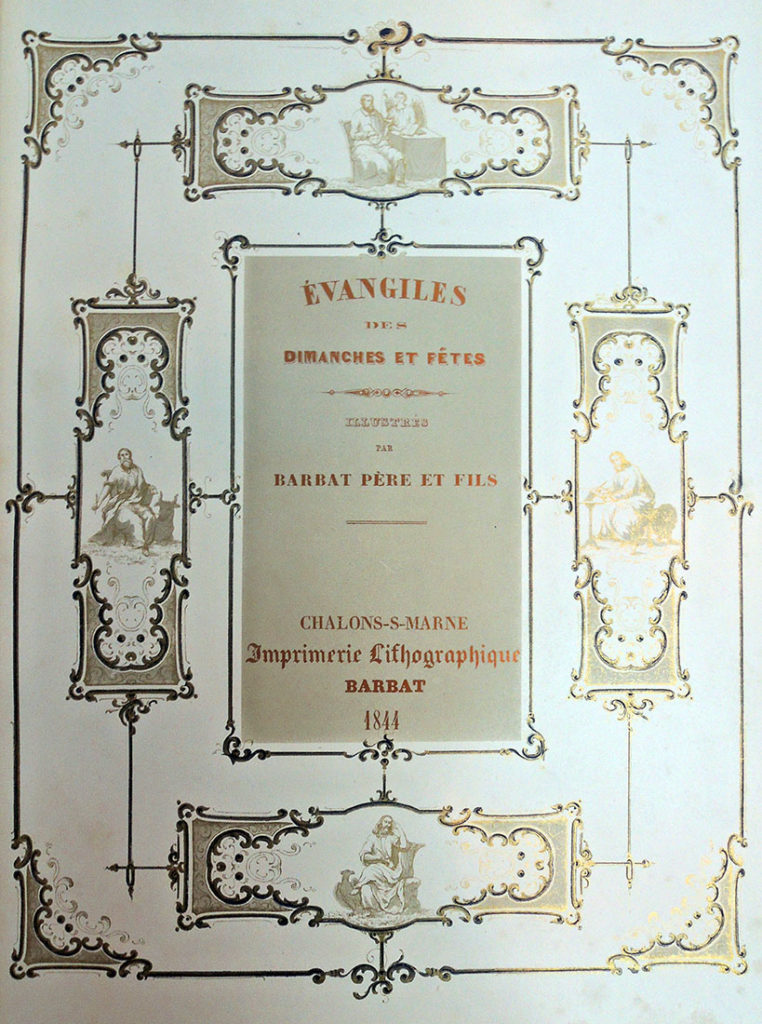 Louis Barbat and his son Pierre-Michael opened their shop in 1833 after several years experimenting with lithography. On January 3, 1834, they received a patent to adapt a printing press to print several colors simultaneously. Barbat’s entry for the 1839 Paris exposition, which included some of the title pages for the Évangiles, was praised for his color printing and at the 1844 Paris exposition the completed Évangiles was awarded a silver medal.
Louis Barbat and his son Pierre-Michael opened their shop in 1833 after several years experimenting with lithography. On January 3, 1834, they received a patent to adapt a printing press to print several colors simultaneously. Barbat’s entry for the 1839 Paris exposition, which included some of the title pages for the Évangiles, was praised for his color printing and at the 1844 Paris exposition the completed Évangiles was awarded a silver medal.
Twyman notes that Évangiles “was very much a family undertaking and, in addition to a prominent reference to the Barbat name on both the imprint page and title-page, Barbat, P. Barbat, and Barbat fils are acknowledged as designers at the foot of many borders. This suggests that, like many other lithographic establishments of the day, the ‘Imprimerie lithographique Barbat’ was very much artist-driven.” Interesting to note this on the eve of the artist’s book fair where the artists’ book are frequently defined as beginning in 1965.
Although our collection holds a number of printed labels and Belgian “carton porcelaine” trade cards, we do not have any of Barbat’s metallic wine labels for the Champagne merchants. This would be a wonderful addition, if anyone has any left-over bottles.
See also:
Michael Twyman, A History of Chromolithography, Graphic Arts: Reference Collection Oversize NE2500.T8 2013, pp. 166, 180-81, 191, 275-77, 432, 521; plates 136 & 355.
Sorbonne on-line Dictionnaire des Imprimeurs-lithographes du XIXe siècle. http://elec.enc.sorbonne.fr/imprimeurs/node/25137
When Size Matters: The Eidograph
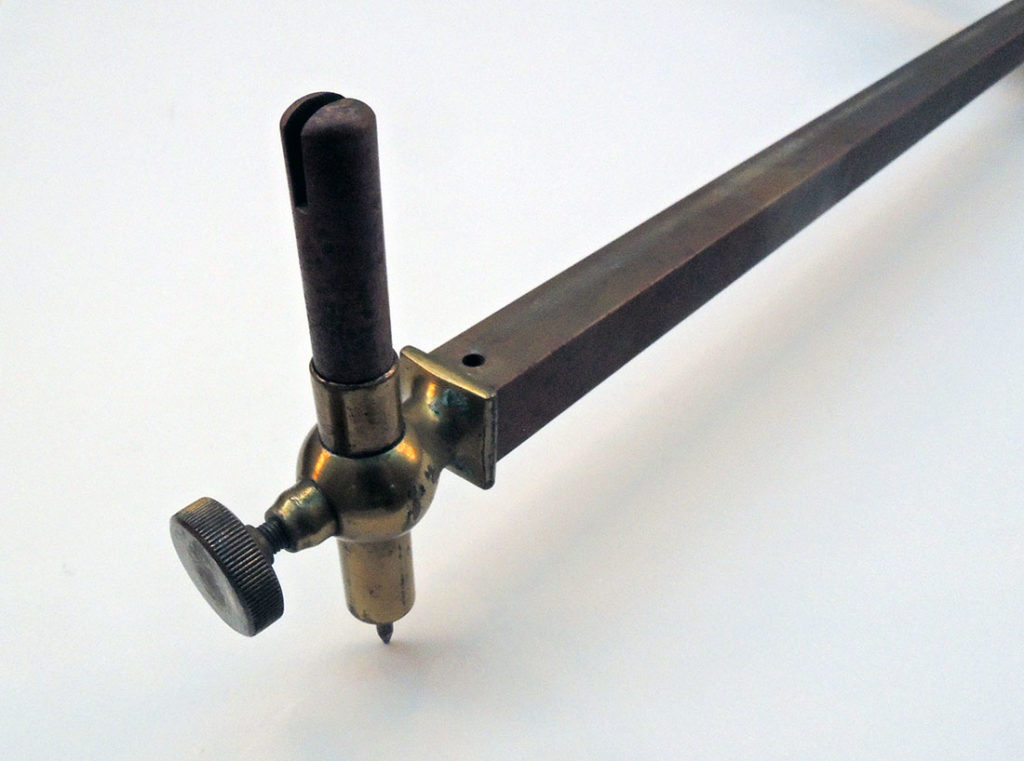
A quick and (relatively) simple way to enlarge or reduce an engraving, map, or chart in the 19th century was to use a Pantograph. See: http://libweb5.princeton.edu/visual_materials/maps/globes-objects/hmc05.html#pantograph
But if you were a skilled, sophisticated graphic artist, you might prefer the more complex instrument known as the Eidograph, such as this one recently acquired by the Graphic Arts Collection.
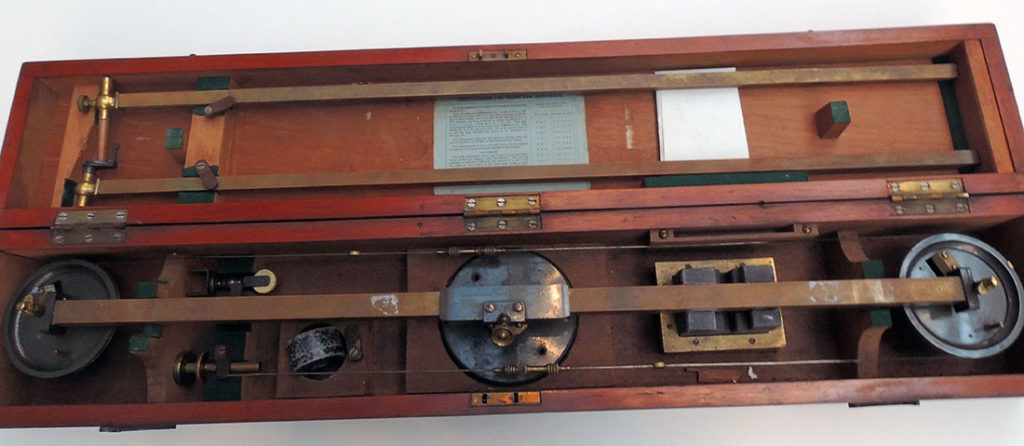
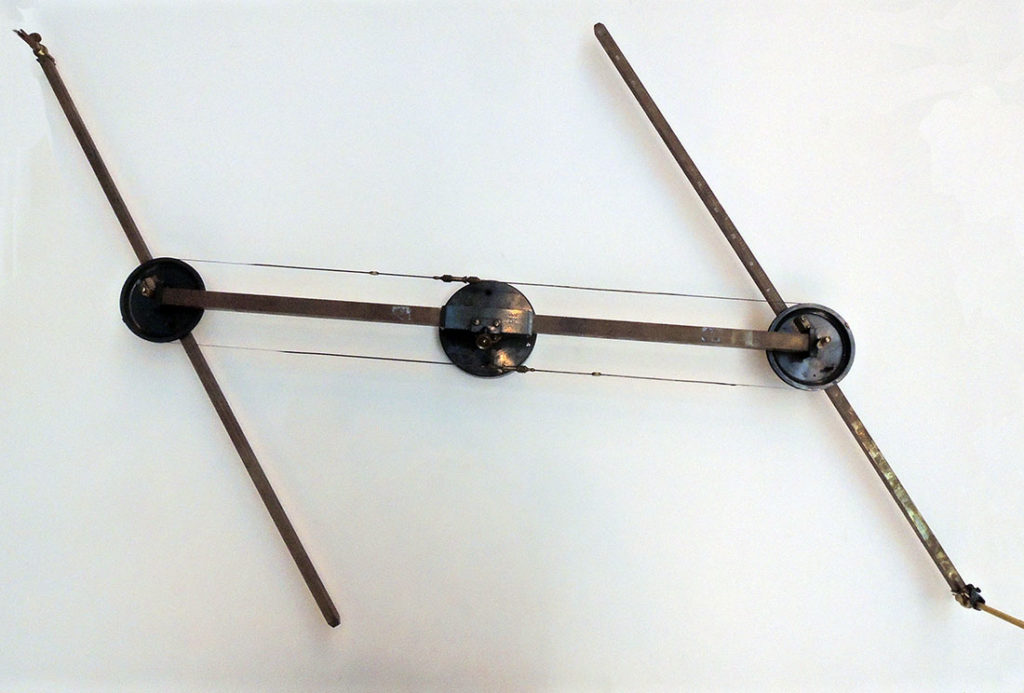
Although a similar instrument can be traced to 1631 and the Jesuit astronomer Christoph Scheiner (1573-1650), we usually credit William Wallace (1768–1843) with the invention of the modern version in the 1820s. Princeton’s model was made by Joseph Casarelli’s Manchester firm, Casartelli & Sons, in the late 19th-century. Ours has a three foot beam calibrated 90-0-90 with vernier scale, locking screw, and cast pulleys connected to the center point by tension cables. Each connects by a similar vernier socket to their respective calibrated adjustable arms fitted with attachments for transposing lines onto paper. Pantograph Gif: http://www.popflock.com/learn?s=Pantograph
Pantograph Gif: http://www.popflock.com/learn?s=Pantograph
The Eidograph came housed in its original fitted mahogany box with its accessories and pasted instructions to the lid as well as a hand-written paper copy. The approximate measurements of the box are 36 x 5 1/2 x 6 1/2 inches (91 x 14 x 17 cm). According to a previous owner, this Eidograph was used in the Surveying Department of Eppleton Colliery, Hetton Le Hole in the Durham Coalfield. A similar example by Casartelli is in the Institution of Civil Engineers Museum Scotland.
As with many inventions, there are disagreements as to who the true inventor of the Eidograph really was and A.D.C. Simpson wrote the whole story in a wonderful article: “An Edinburgh Intrigue: Brewster’s Society of Arts and the Pantograph Dispute,” The Book of the Old Edinburgh Club 1 (1991): 47-73. DA 890.E2 B665 (Here’s a pdf: edinburgh intrigue). Well worth a read even if you will never own or use the instrument.
Eunice Burton Berger’s printing plates and illustrated music
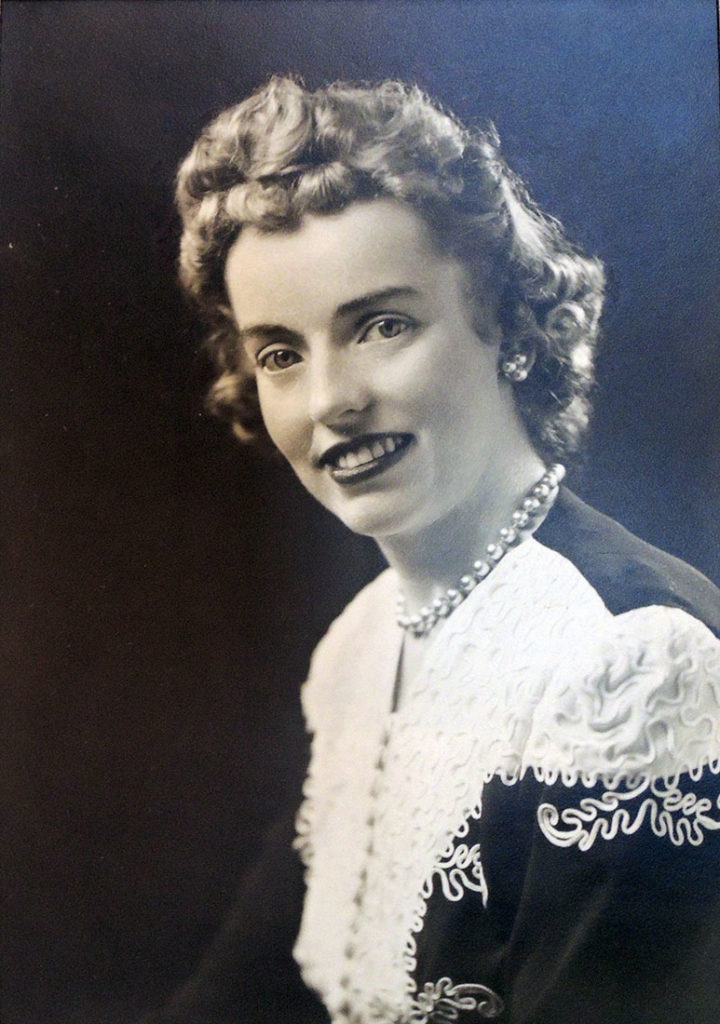 When an author finishes a book or a poem, she sends the text off to a publisher. When a painter finishes an oil painting, it is hung in a gallery so buyers can see and hopefully, buy it. What happens to a composer who writes music for a marching band? How do you print the 35 parts and have them distributed to be copyrighted and played? The Graphic Arts Collection recently acquired a suitcase filled with the printing plates, proof sheets, and published music by Eunice Burton Berger (ca.1888-1966), a Dorchester, Massachusetts musician who did just that. Together with her husband, Louis H. Berger (1879-1965), an engineering and surveying instrument manufacturer, Berger wrote, printed, promoted, and sold her music to radio programs, military bands, and national music companies.
When an author finishes a book or a poem, she sends the text off to a publisher. When a painter finishes an oil painting, it is hung in a gallery so buyers can see and hopefully, buy it. What happens to a composer who writes music for a marching band? How do you print the 35 parts and have them distributed to be copyrighted and played? The Graphic Arts Collection recently acquired a suitcase filled with the printing plates, proof sheets, and published music by Eunice Burton Berger (ca.1888-1966), a Dorchester, Massachusetts musician who did just that. Together with her husband, Louis H. Berger (1879-1965), an engineering and surveying instrument manufacturer, Berger wrote, printed, promoted, and sold her music to radio programs, military bands, and national music companies.
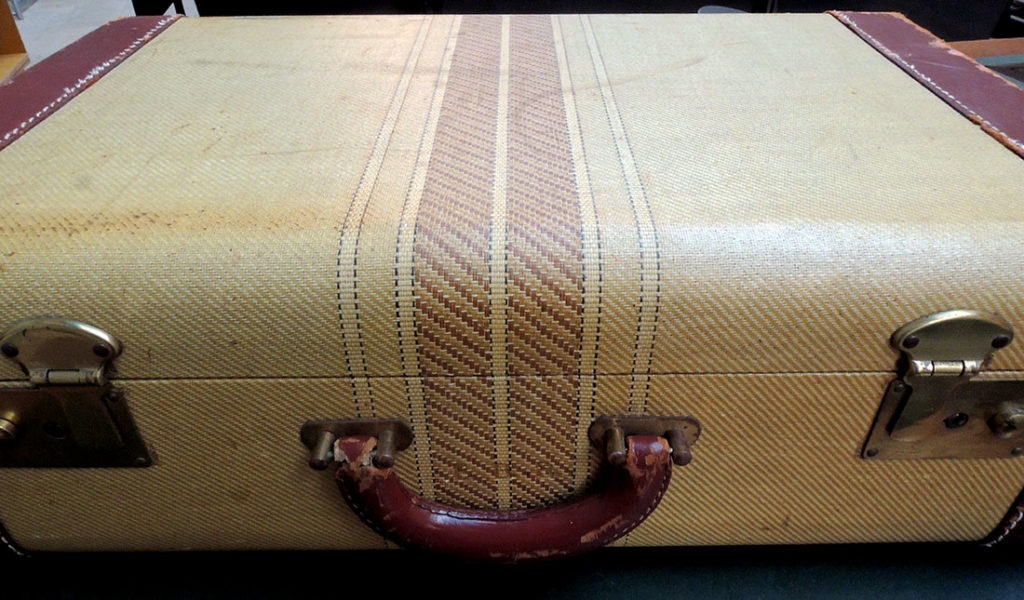 Note the initials, E.B.B. by the handle.
Note the initials, E.B.B. by the handle.
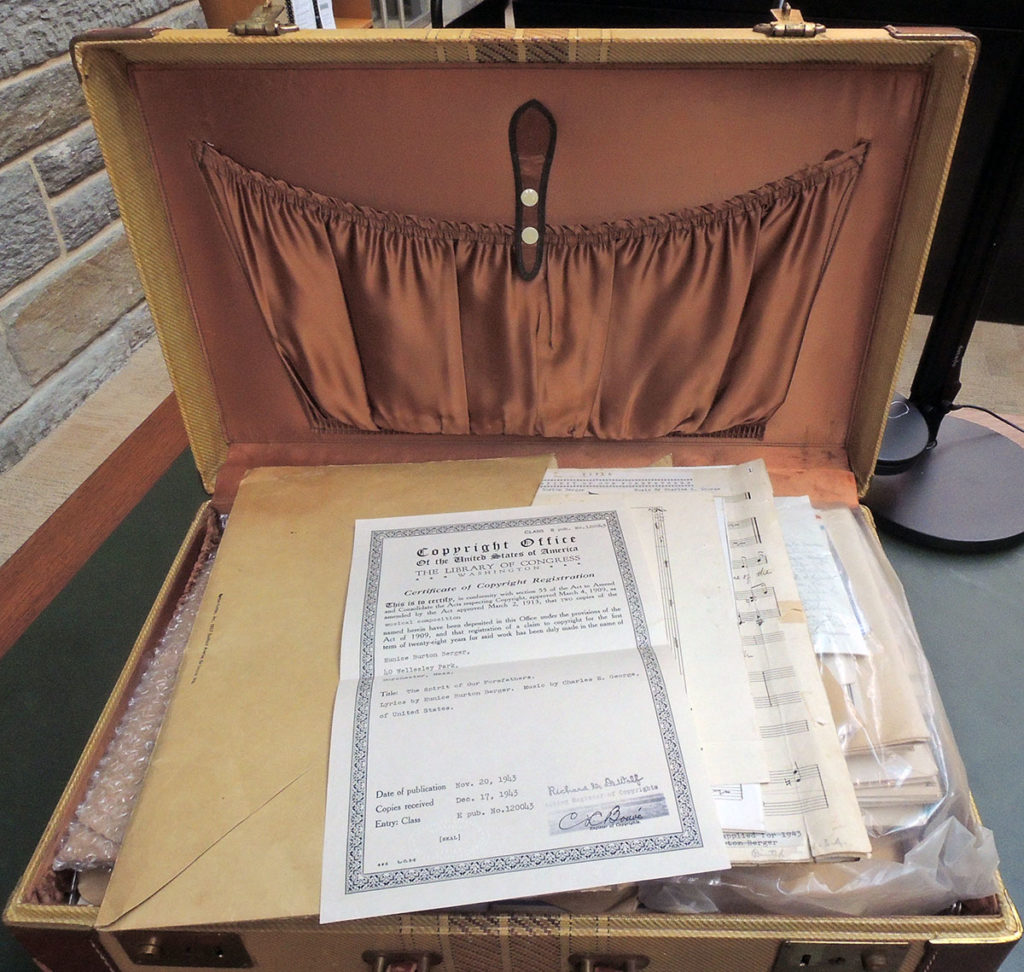
One of many examples of her self-promotion is a reply she received from Harvey S. Firestone Jr., Princeton University class of 1920 (1898-1973) and son of Harvey S. Firestone (1868-1938), in whose memory Princeton University’s Firestone Library is named. In addition to managing the Firestone Tire and Rubber Company, both father and son sponsored The Voice of Firestone (originally called The Firestone Hour), a radio broadcast on NBC Radio beginning on December 3, 1928, featuring classical musicians and popular Broadway stars. The show later became the first series to be simulcast on both radio and television, and Harvey Jr. actively managed both the radio and television programs. [Broadcasts archived https://necmusic.edu/archives/voice-of-firestone] It is unknown whether Berger’s music was ever included in one of the Firestone broadcasts.
It is unknown whether Berger’s music was ever included in one of the Firestone broadcasts.

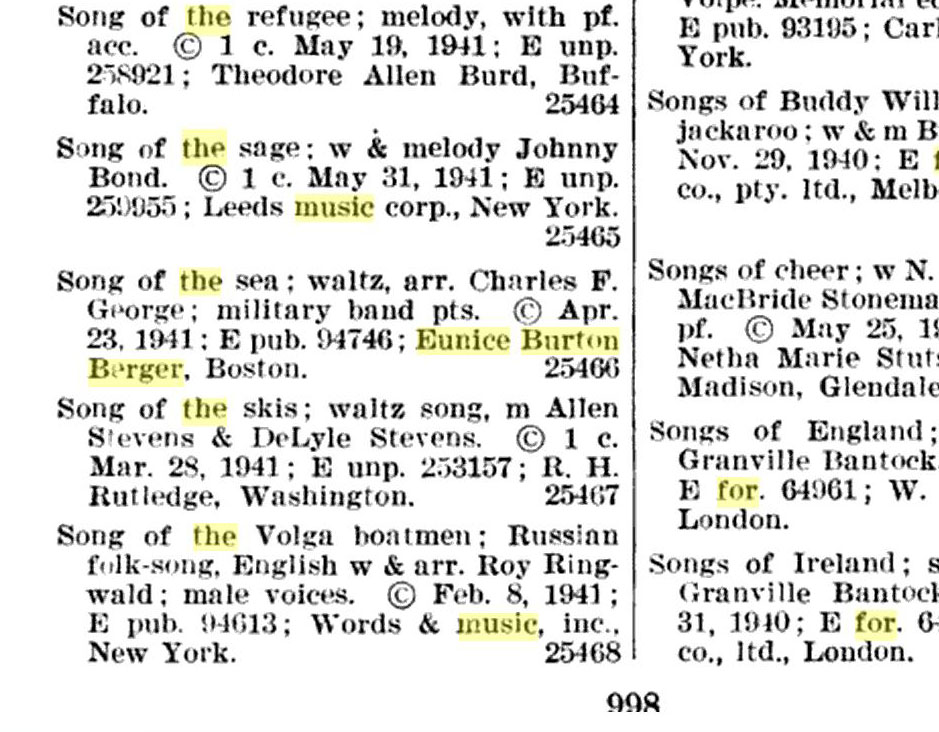
Berger’s compositions include: “On the Brink,” “The Song of the Sea,” “The Spirit of Our Forefathers,” all copyrighted by her between 1939 and 1943, plus “Men of the Sea,” copyrighted in 1960. A few additional poems and partially completed musical scores are also found in her suitcase, along with correspondence between Berger and various members of the branches of the service thanking her for sending her scores. Copyright notices and certificates from the Library of Congress are present for each of her compositions along with paste-ups and proof at each stage of the printing process. There are contracts for royalties and research on the art to be included on the sheet music.
 Engraved metal plates for “The Spirit of our Forefathers” come with instructions to the engraver as to what Berger wanted changed or improved. Although she shared credit with Charles E. George, bandmaster of the Irving Post of the American Legion in Roslindale, Massachusetts, on this and several other songs, it was Mr. and Mrs. Berger who produced sheet music and endlessly promoted the work.
Engraved metal plates for “The Spirit of our Forefathers” come with instructions to the engraver as to what Berger wanted changed or improved. Although she shared credit with Charles E. George, bandmaster of the Irving Post of the American Legion in Roslindale, Massachusetts, on this and several other songs, it was Mr. and Mrs. Berger who produced sheet music and endlessly promoted the work.
The Spirit of Our Forefathers music by Charles E. George and lyrics by Eunice Burton Berger
https://digitalcommons.library.umaine.edu/mmb-vp-copyright/4511/

The 35 marching band parts for “On the Brink,” copyright applied for October 31, 1939, include Berger’s notation additions and printed title laid down at the head of the page. There is a contract dated August 31, 1944, between Eunice Burton Berger and Broadcast Music wherein she gives them exclusive rights to perform “The Song of the Sea” for five years, and they agree to pay her royalties. Along with this are four small brass plaques commemorating relatives lost at sea, possibly the inspiration for several of her song.
The remainder of the material includes a family genealogy by Berger, a number of photographs, and love letters between the dedicated couple. Canadian-born Eunice Burton Berger was married twice, first to Charles Redmond in Canada, and then to Louis H. Berger, a partner in his father C.L. Berger’s firm in Boston, manufacturers of Engineering and Surveying Instruments. The couple lived in the Dorchester section of Boston.
History of the Werner Book Publishers
Washington Fought Here
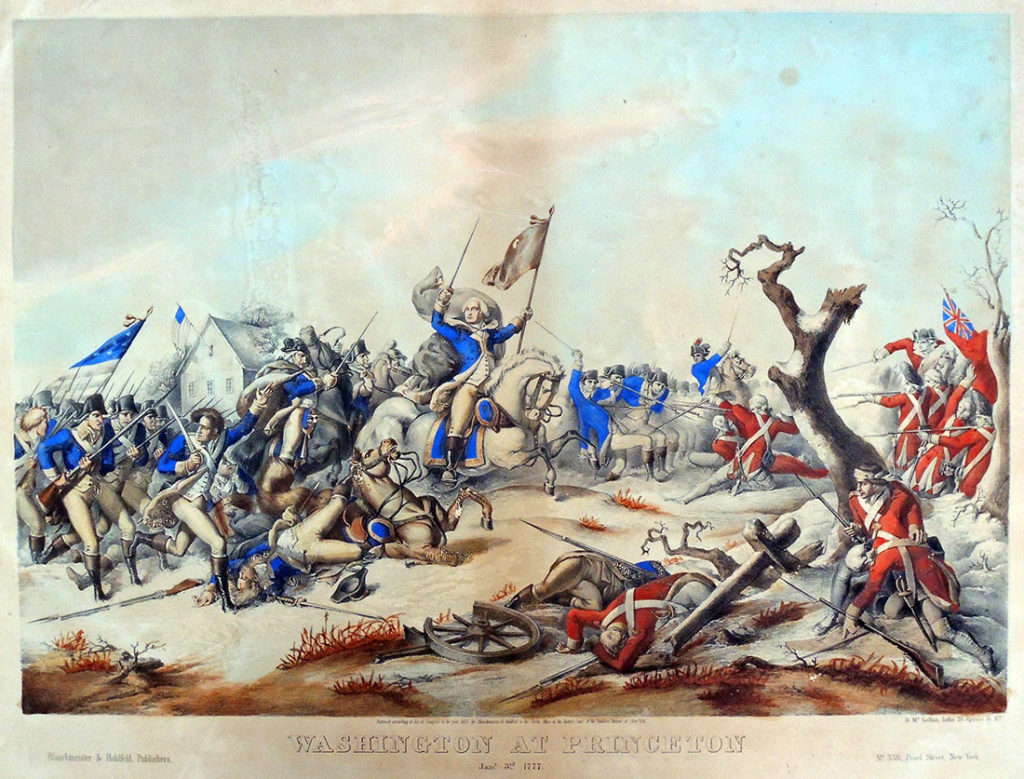 D. McLellan, after a painting by Brückner, Washington at Princeton, Jan. 3, 1777, 1853. Lithograph with hand coloring. “Entered according to act of Congress in the year 1853 by Blanckmeister and Hohlfeld in the Clerk’s office of the District court.” Graphic Arts Collection
D. McLellan, after a painting by Brückner, Washington at Princeton, Jan. 3, 1777, 1853. Lithograph with hand coloring. “Entered according to act of Congress in the year 1853 by Blanckmeister and Hohlfeld in the Clerk’s office of the District court.” Graphic Arts Collection
This fall a group of Princeton students will study the 1777 Battle of Princeton in a class entitled “Battle Lab”. The class description reads,
“Revolution! Espionage! Alexander Hamilton! George Washington! Cannon fire on Nassau Hall! This fall, think outside of the classroom and explore the past in your own backyard: Revolutionary-era Princeton and the physical remains of the legendary battle between American and British forces on January 3, 1777. What happened on that day? Who died? Where are their bones? Why are lawyers fighting over the land? In this new, interdisciplinary course, you will undertake to answer these questions and help solve the longstanding puzzle of the Battle of Princeton. In the process, you will explore how events of the past persistently shape the present day.”
They will also draw on our George Washington collection of lithographs and engravings, as well as the John Trumbull (1756-1843) sketches and watercolors. https://www.princeton.edu/~graphicarts/2011/06/the_death_of_mercer_at_the_bat.html
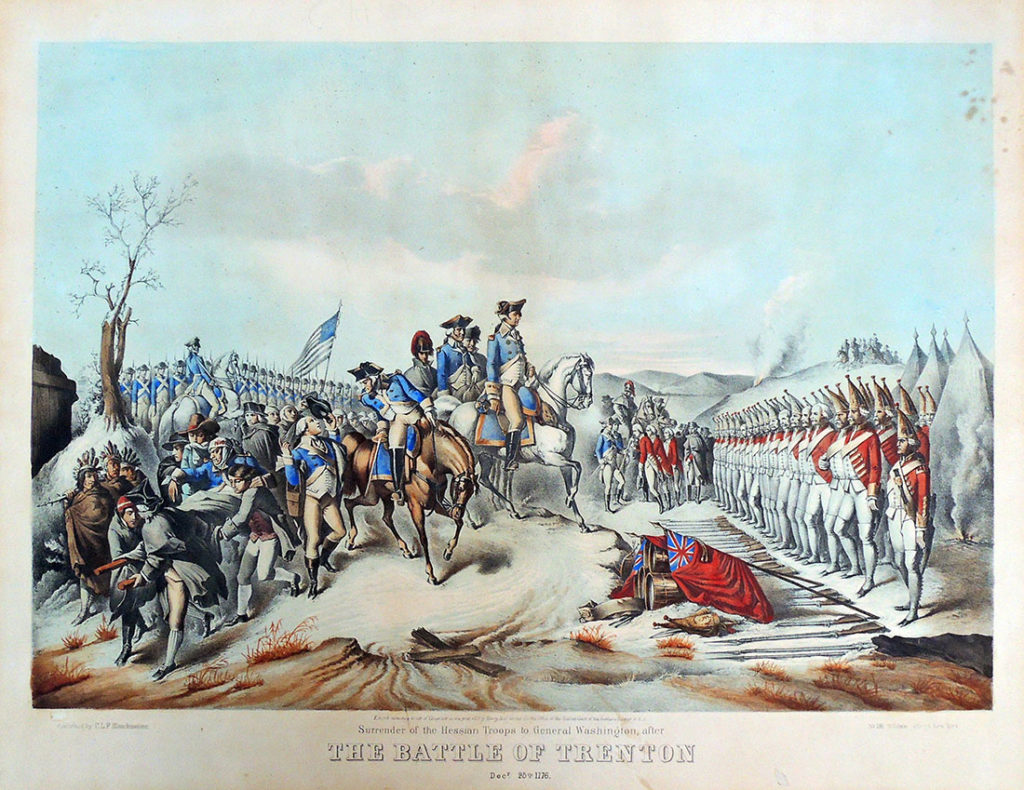 Henry Hoff, Surrender of the Hessian Troops to General Washington, after The Battle of Trenton, 1850. Lithograph with hand coloring. “Entered according to act of Congress in the year 1850 by Henry Hoff in the Clerk’s office of the District court of the Southern District of New York.” Graphic Arts Collection
Henry Hoff, Surrender of the Hessian Troops to General Washington, after The Battle of Trenton, 1850. Lithograph with hand coloring. “Entered according to act of Congress in the year 1850 by Henry Hoff in the Clerk’s office of the District court of the Southern District of New York.” Graphic Arts Collection
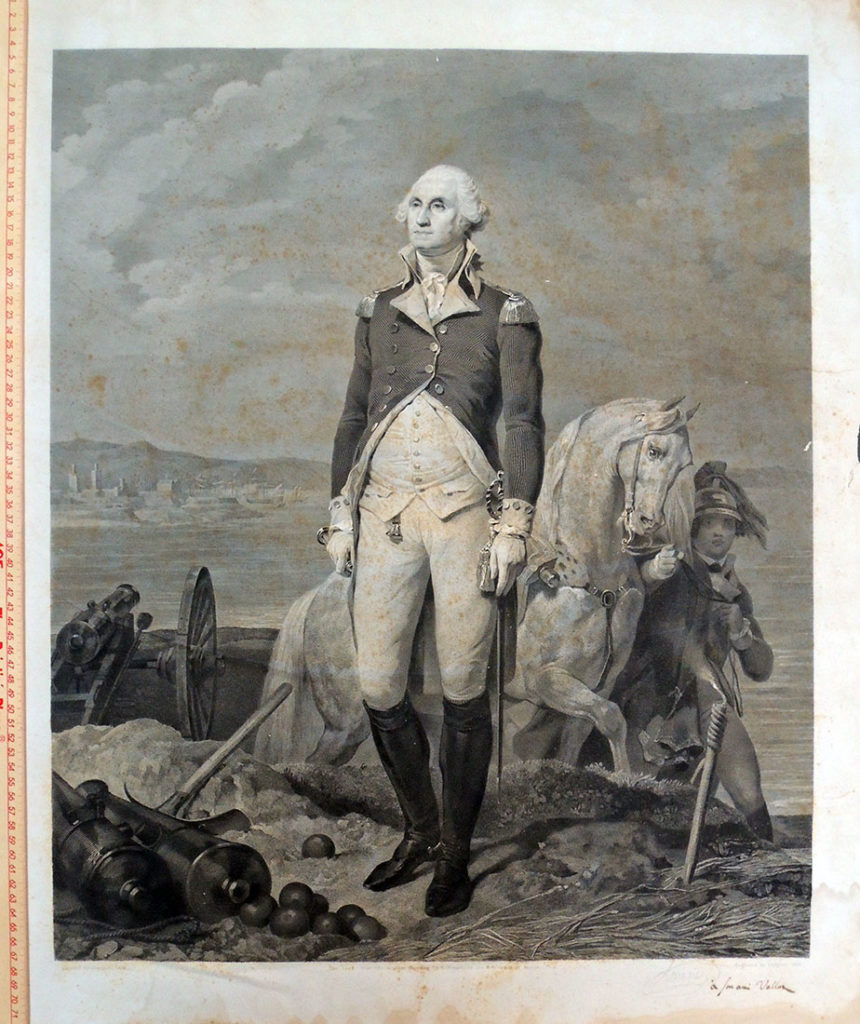 Jean Nicolas Laugier (1785-1875) after a painting by Léon Cogniet (1794-1880), Washington, ca. 1839. Engraving. Graphic Arts Collection.
Jean Nicolas Laugier (1785-1875) after a painting by Léon Cogniet (1794-1880), Washington, ca. 1839. Engraving. Graphic Arts Collection.
 Nathaniel Orr, George Washington vignettes, no date. Wood engraving. Graphic Arts Collection.
Nathaniel Orr, George Washington vignettes, no date. Wood engraving. Graphic Arts Collection.
Henry Hoff, Washington Crossing the Delaware, 1850. Lithograph with hand coloring. “Entered according to act of Congress in the year 1850 by Henry Hoff in the Clerk’s office of the District court of the Southern District of New York.” Graphic Arts Collection
Satirical Pudding
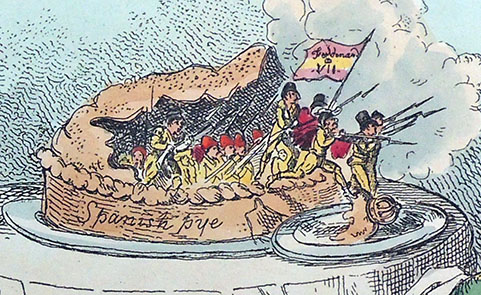 Asked yesterday to find the satirical print with the pudding led to a search. Here are some of the prints that were found.
Asked yesterday to find the satirical print with the pudding led to a search. Here are some of the prints that were found.
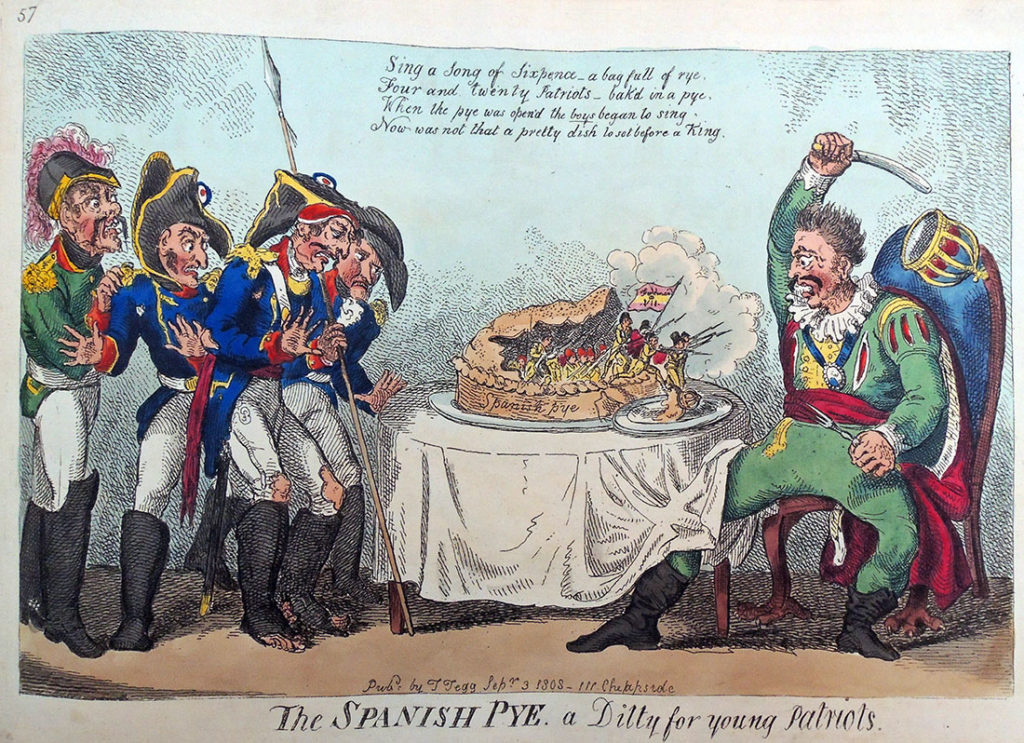 Thomas Rowlandson (1756 or 1757-1827), The Spanish Pye, A Ditty for Young Patriots, September 3, 1808. Hand colored etching. Graphic Arts Collection (GAX) Rowlandson 1807.51f. Gift of Dickson Q. Brown, Class of 1895.
Thomas Rowlandson (1756 or 1757-1827), The Spanish Pye, A Ditty for Young Patriots, September 3, 1808. Hand colored etching. Graphic Arts Collection (GAX) Rowlandson 1807.51f. Gift of Dickson Q. Brown, Class of 1895.
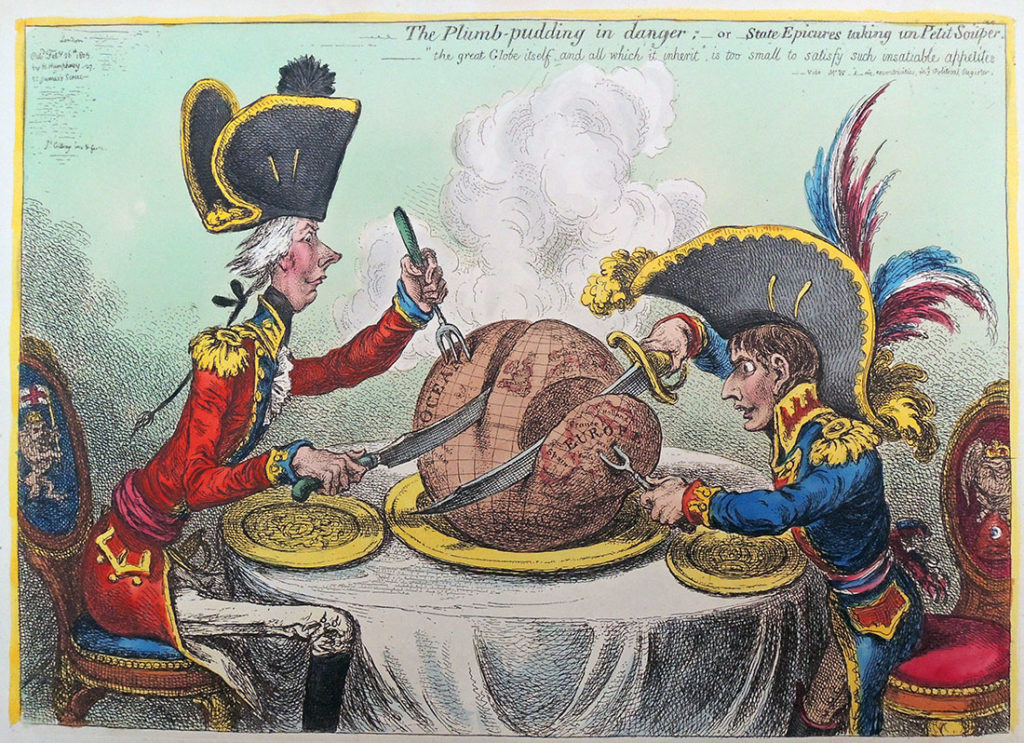 James Gillray (1757-1815), The Plumb-Pudding in Danger-or State Epicures Taking un petit souper, February 26, 1805. Hand colored etching. Graphic Arts collection GA 2006.01303. Gift of Dickson Q. Brown, Class of 1895.
James Gillray (1757-1815), The Plumb-Pudding in Danger-or State Epicures Taking un petit souper, February 26, 1805. Hand colored etching. Graphic Arts collection GA 2006.01303. Gift of Dickson Q. Brown, Class of 1895.
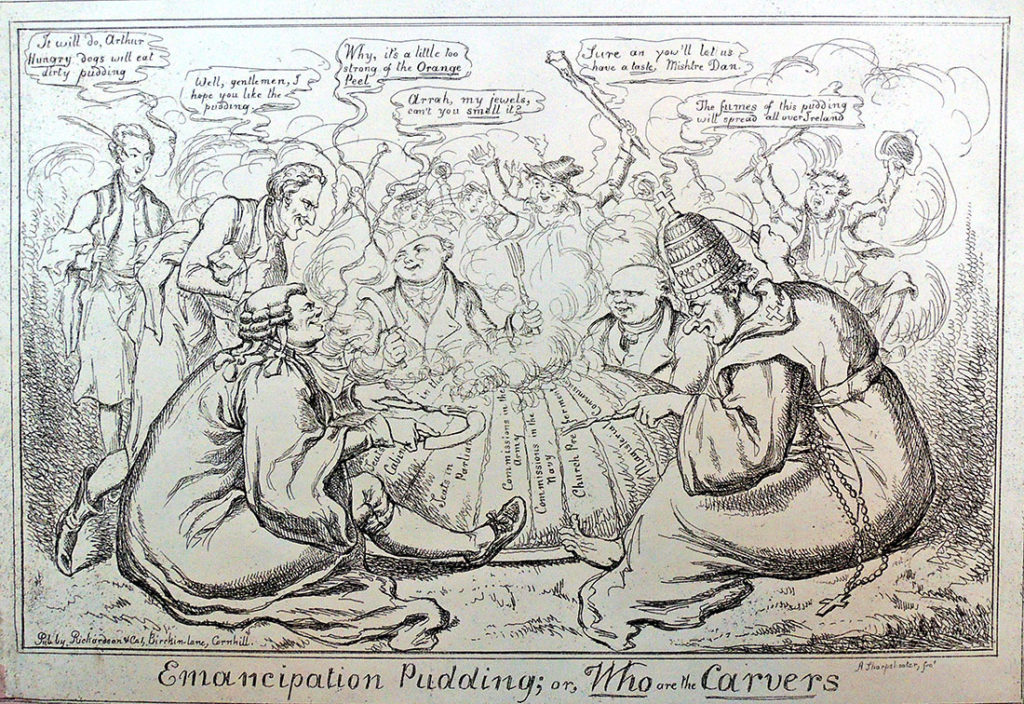 Sharpshooter [John Phillips (active 1840-1852)], Emancipation Pudding; or, Who are the Carvers, March 1829. Etching. Graphic Arts Collection GA 2011.00981. Gift of Dickson Q. Brown, Class of 1895.
Sharpshooter [John Phillips (active 1840-1852)], Emancipation Pudding; or, Who are the Carvers, March 1829. Etching. Graphic Arts Collection GA 2011.00981. Gift of Dickson Q. Brown, Class of 1895.
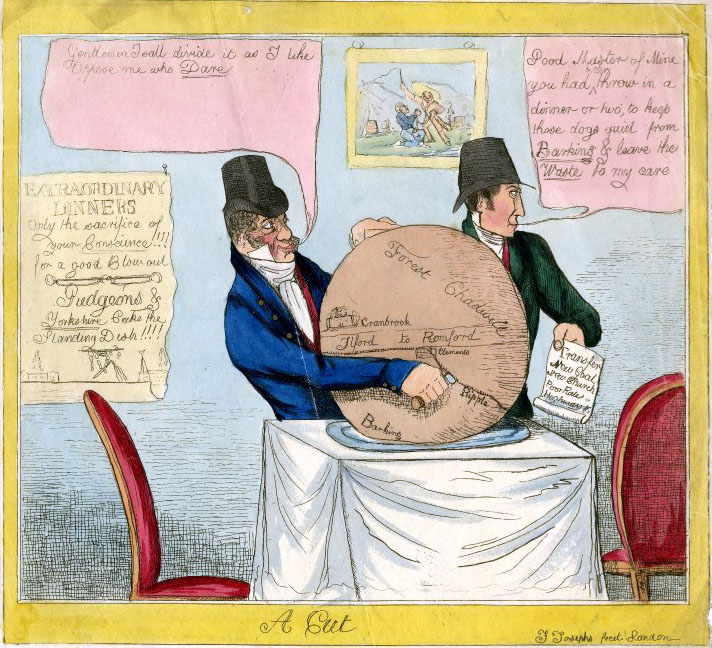 J. Josephs, A Cut, ca. 1818. Hand colored etching. British Museum.
J. Josephs, A Cut, ca. 1818. Hand colored etching. British Museum.
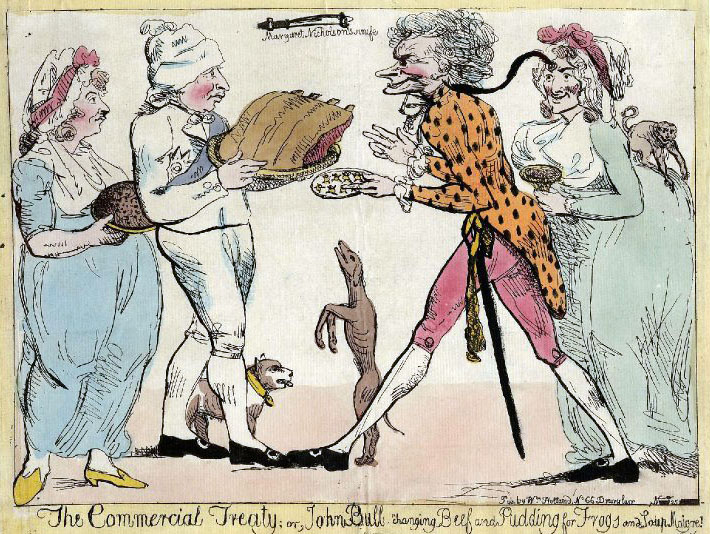 The Commercial Treaty; or John Bull Changing Beef and Pudding for Frogs and Soup Maigre!, November 25, 1786. Hand colored etching. British Museum.
The Commercial Treaty; or John Bull Changing Beef and Pudding for Frogs and Soup Maigre!, November 25, 1786. Hand colored etching. British Museum.
George III, dressed as a cook but wearing a ribbon and star, advances from the left with a large dish of ribs of beef. He is followed by (presumably) Queen Charlotte as a cook-maid carrying a pudding. They meet a grotesquely caricatured Frenchman and Frenchwoman, probably intended for Louis XVI and Marie-Antoinette. The man strides forward holding out a dish of frogs; he is foppishly dressed with a long queue and sword; the woman wears a cap but is dressed in the fashion with very projecting bust and ‘derrière’; on the latter at her back is seated a monkey. She holds a small dish or cup. Beside George III is a stolid English dog; a lean French greyhound stands on his hind legs begging for English beef. In the centre, above and between the two men, is a knife inscribed ‘Margaret Nicholson’s Knife’–British Museum
 Charles Williams, John Bull taking a lunch- or Johnny’s purveyors pampering his appetite with dainties from all parts of the world, November 1, 1798. Hand colored etching. British Museum.
Charles Williams, John Bull taking a lunch- or Johnny’s purveyors pampering his appetite with dainties from all parts of the world, November 1, 1798. Hand colored etching. British Museum.
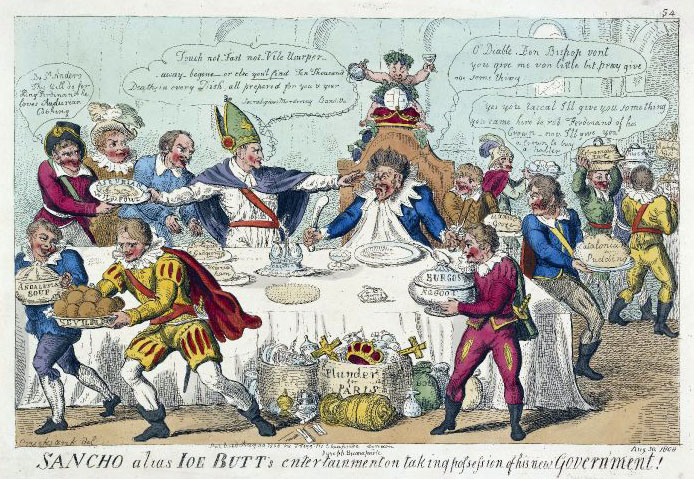 Isaac Cruikshank, Sancho alias Ioe Butt’s entertainment on taking possession of his new government!, August 30, 1808. Hand colored etching. British Museum.
Isaac Cruikshank, Sancho alias Ioe Butt’s entertainment on taking possession of his new government!, August 30, 1808. Hand colored etching. British Museum.
Coming to Princeton in 100 years
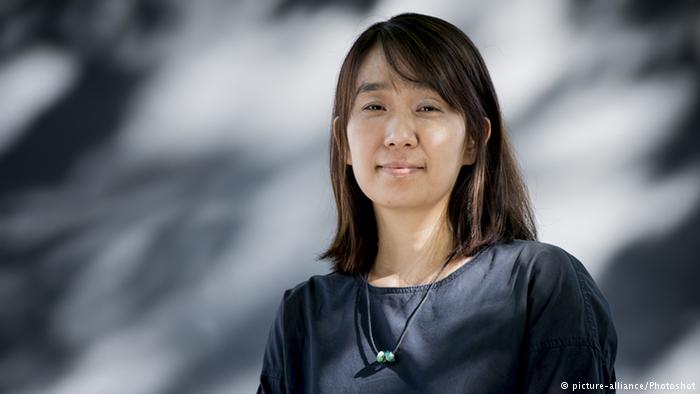 South Korean author Han Kang, winner of the Man Booker international prize for her novel The Vegetarian, has been selected as the fifth writer for the Future Library project, conceived and launched by the Scottish artist Katie Paterson in 2014. Each year, one writer is asked to contribute a book, which will not be printed or read for 100 years. A forest of 1,000 Norwegian spruce trees has been planted outside Oslo to provide the paper for these books in 2114.
South Korean author Han Kang, winner of the Man Booker international prize for her novel The Vegetarian, has been selected as the fifth writer for the Future Library project, conceived and launched by the Scottish artist Katie Paterson in 2014. Each year, one writer is asked to contribute a book, which will not be printed or read for 100 years. A forest of 1,000 Norwegian spruce trees has been planted outside Oslo to provide the paper for these books in 2114.
Other authors who have contributed a book to the Future Library are Margaret Atwood, David Mitchell, Turkish novelist Elif Shafak, and Iceland’s Sjón. The Princeton University Library is proud to own a certificate entitling us to one copy of each paper book.
Speaking to the Guardian newspaper, Han said she considered the Future Library to be a project about time. “In Korea, when a couple gets married, people bless them to live together ‘for 100 years’. It sounds like almost an eternity,” she said. “I cannot survive 100 years from now, of course. No one who I love can survive, either. This relentless fact has made me reflect on the essential part of my life. Why do I write? Who am I talking to, when I write?” https://www.theguardian.com/books/2018/aug/31/han-kang-bury-book-100-years-norwegian-forest-future-library
Han will deliver her manuscript, which can be a length of her choosing, to Paterson at a ceremony in the Norwegian forest in May. It will be held in a room in the Deichman library, Oslo, alongside the unpublished and unread manuscripts by Atwood, Mitchell, Shafak and Sjón, until 2114, when it is finally printed.
For now, read: Han Kang, The White Book, translated from the Korean by Deborah Smith (London: Portobello Books, 2017). East Asian Library–Western PL992.26.K36 H8413 2017
Le Taxiphote

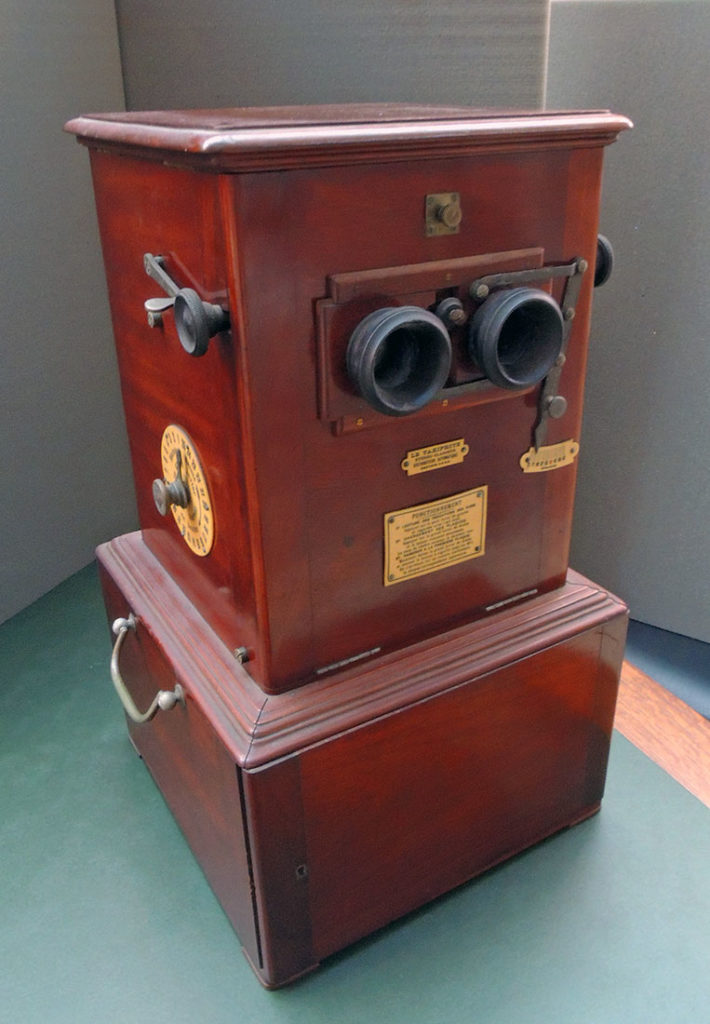
The Graphic Arts Collection recently acquired an early twentieth-century Taxiphote. Developed by Jules Richard (1848-1930) “Le Taxiphote” is a mechanical tabletop stereo viewer, ours having all its original cabinet drawers and parts, custom slide trays and a collection of approximately 200 glass stereo views of Paris and the French countryside.
This device is the most technically sophisticated of all the stereo-viewers Richard invented, much evolved from the hand-held stereoscopes most families had in their homes. All these devices involve two photographs taken from approximately the distance between our eyes so that when looking through the viewer, the two images merged into a single three-dimensional image. Richard’s camera for making stereograms was called a “Verascope,” patented in 1893. A few years later in 1899, he patented the first model for the viewing stereo-slides, which he called “Le Taxiphote,” sold well into the 1930s. There are two levers; one to raise the slide and view the image with both eyes and a second smaller lever to read the text on the slide caption with your right eye.
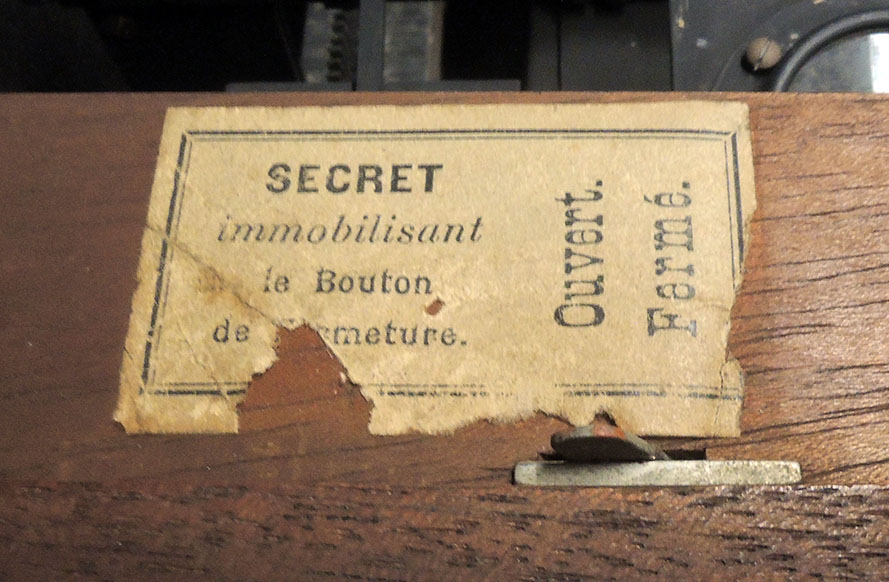 Jules Richard was the son of Félix Richard, a manufacturer of optical and measuring instruments and the nephew of Gustave Froment, a well-known manufacturer of electrical instruments.
Jules Richard was the son of Félix Richard, a manufacturer of optical and measuring instruments and the nephew of Gustave Froment, a well-known manufacturer of electrical instruments.
Jules designed barometers, thermometers, chronographs, dynamometers, and other photographic devices.
“Having been personally owned and managed by Jules Richard for thirty years, in 1921 the business became a public company, with a capital of six million francs and a workforce of about 300. In 1923 Richard gave the city of Paris six million francs to found an ‘École des Apprentis Mécaniciens Précisionnistes’, to provide training for precision instrument makers and ensure the continuity of the skills which were so important to him. This college still exists. So too does the firm, at least in name, the present ‘Société JRC’ (Jules Richard Constructeurs) manufacturing precision instruments for industrial uses.” Museum of the History of Science, Oxford.
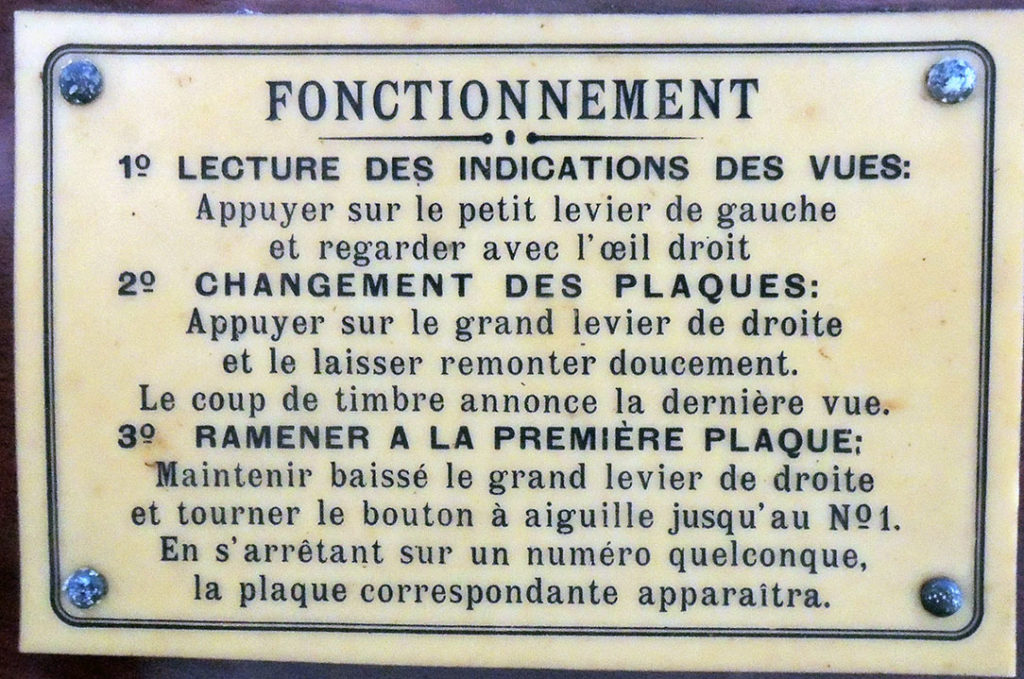
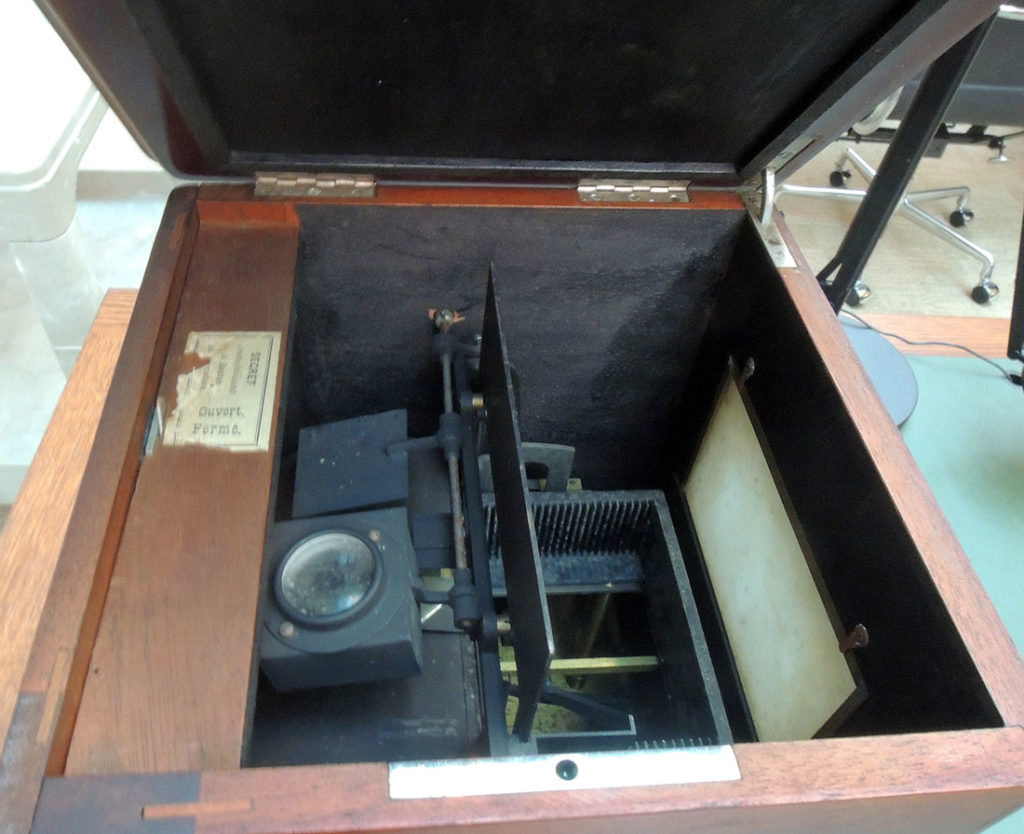 Opening the top, one cassette of glass slides is loaded. Turning the side crank will lift the first slide and place it in front of the lens, with light coming through the ground glass behind. Keep turning and the next slide will move into place, and so on.
Opening the top, one cassette of glass slides is loaded. Turning the side crank will lift the first slide and place it in front of the lens, with light coming through the ground glass behind. Keep turning and the next slide will move into place, and so on.
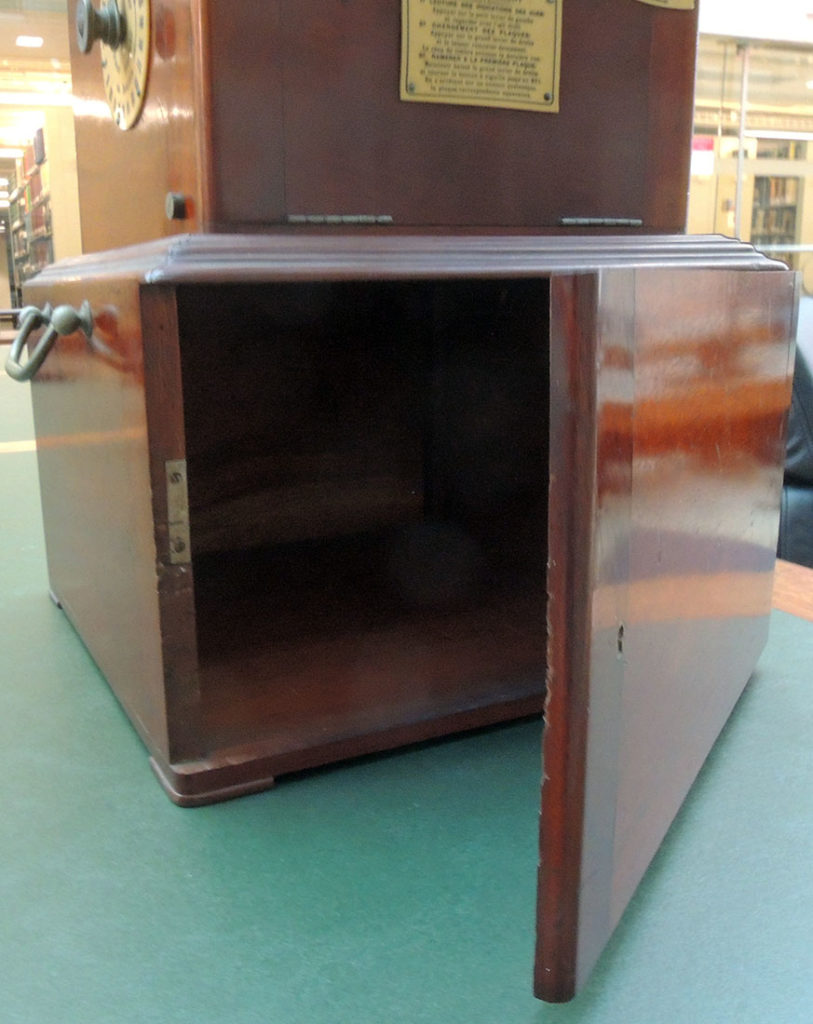 The bottom of the box is a storage space to hold our 200 glass slides, created for this viewing device specifically. The slides are on their way to Princeton and when they arrive will also be digitized for long-distance viewing.
The bottom of the box is a storage space to hold our 200 glass slides, created for this viewing device specifically. The slides are on their way to Princeton and when they arrive will also be digitized for long-distance viewing.
Thanks to Rubén Gallo, Walter S. Carpenter, Jr., Professor in Language, Literature, and Civilization of Spain at Princeton University for his assistance in acquiring our Taxiphote.
Le Taxiphote Stereo-Classeur, French stereo viewer with approximately 200 glass slides, ca. 1910. Mahogany case with hinged and locked lower door opening to a compartment for glass slide storage, two brass handles on sides for carrying, rack and pinion focusing, hinged lid and two adjustable levers at left and right for focus. The front has two engraved gutta percha labels in French text under gutta percha eye pieces. Graphic Arts Collection GAX 2018- in process
Marie-Hélène Vieira da Silva (1908-1992)
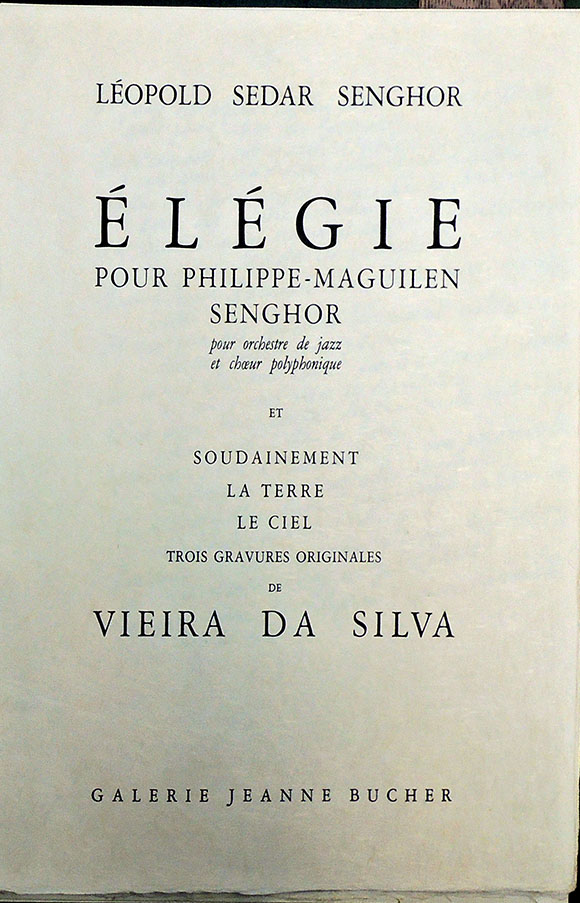 Marie-Hélène Vieira da Silva (1908-1992) and Léopold Sedar Senghor (1906-2001), Élégie pour Philippe-Maguilen Senghor pour orchestre de jazz et chœur polyphonique et Soudainement, La terre, Le ciel, trois gravures originales de Vieira da Silva (Paris: Galerie Jeanne Bucher, [1986]). In-folio, 450 x 300: (15 ff. premier et dernier blancs), couverture muette. En feuilles, couverture rempliée, chemise à rabats d’édition.
Marie-Hélène Vieira da Silva (1908-1992) and Léopold Sedar Senghor (1906-2001), Élégie pour Philippe-Maguilen Senghor pour orchestre de jazz et chœur polyphonique et Soudainement, La terre, Le ciel, trois gravures originales de Vieira da Silva (Paris: Galerie Jeanne Bucher, [1986]). In-folio, 450 x 300: (15 ff. premier et dernier blancs), couverture muette. En feuilles, couverture rempliée, chemise à rabats d’édition.
Very rare edition of this poem written by Senghor in homage to his son who died in 1981, illustrated with 3 original full-page engravings by Vieira da Silva and printed in an edition of 72 copies on Japan, signed by the author and the artist.
 Marie-Hélène Vieira da Silva (1908-1992)
Marie-Hélène Vieira da Silva (1908-1992)

